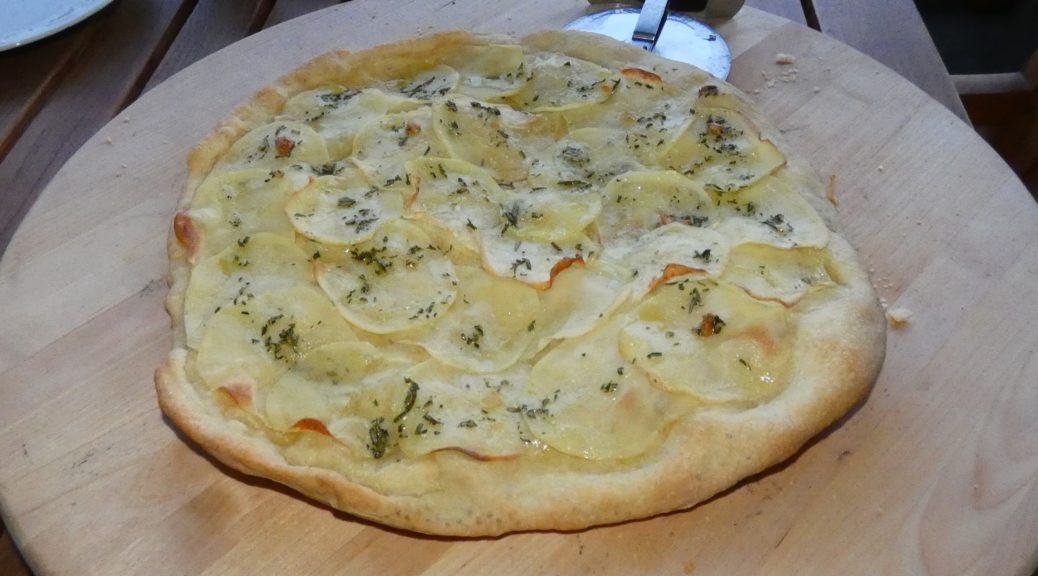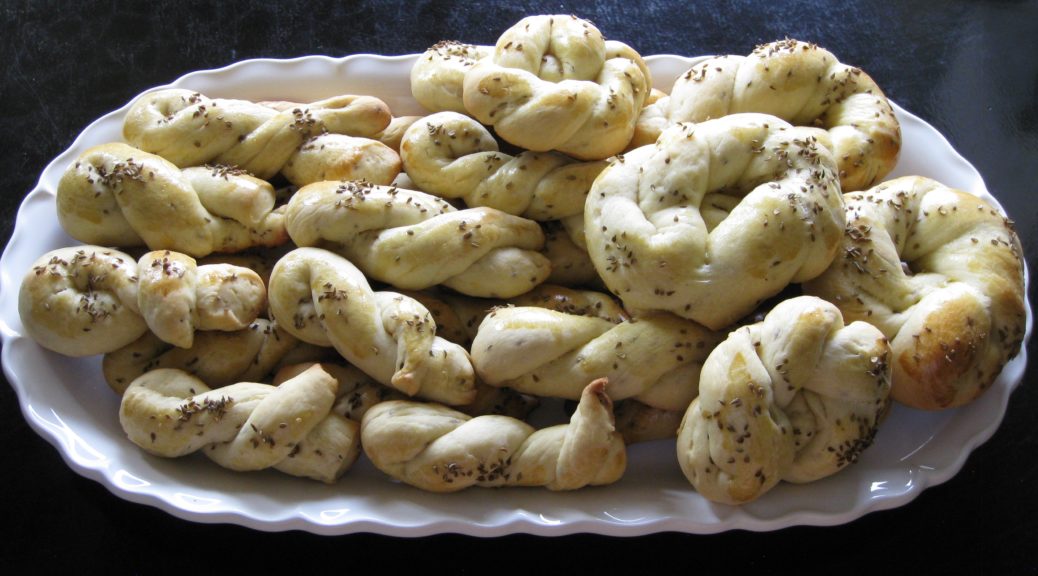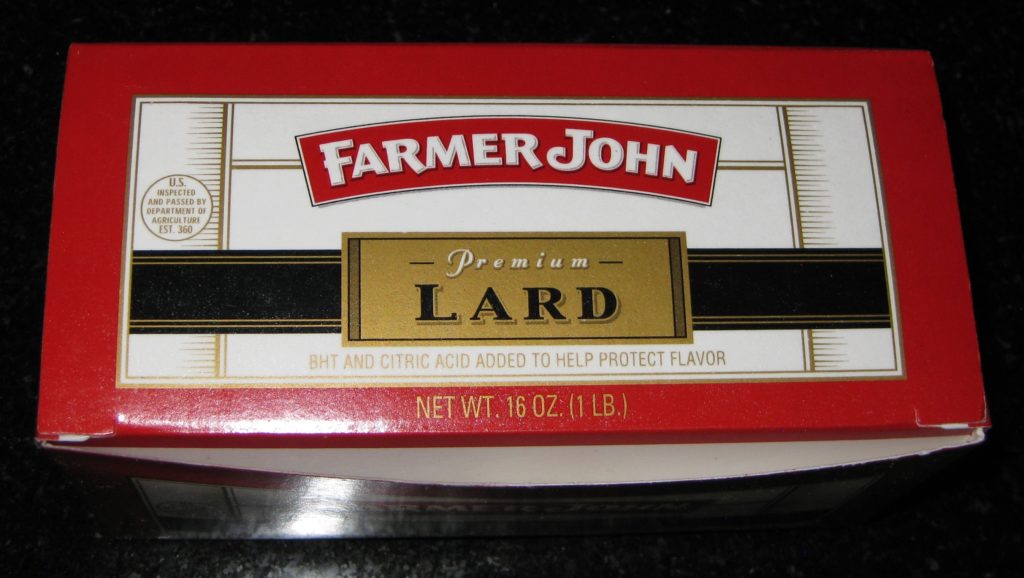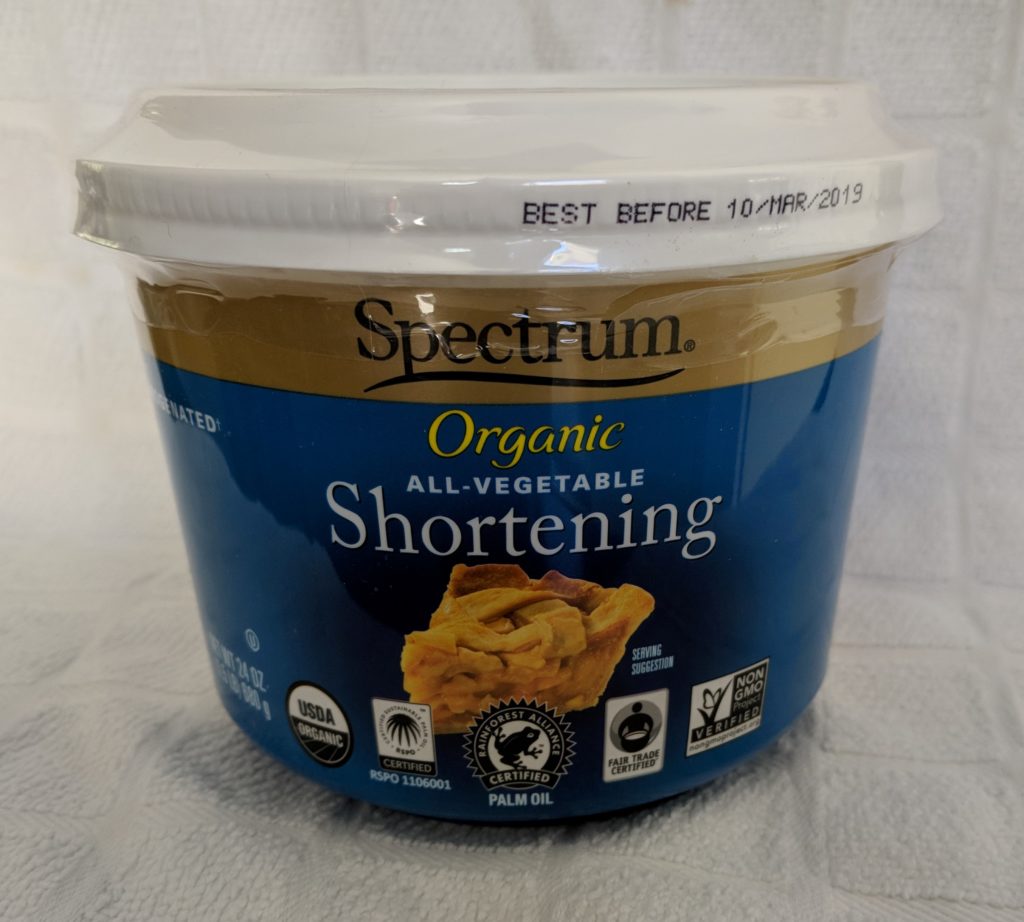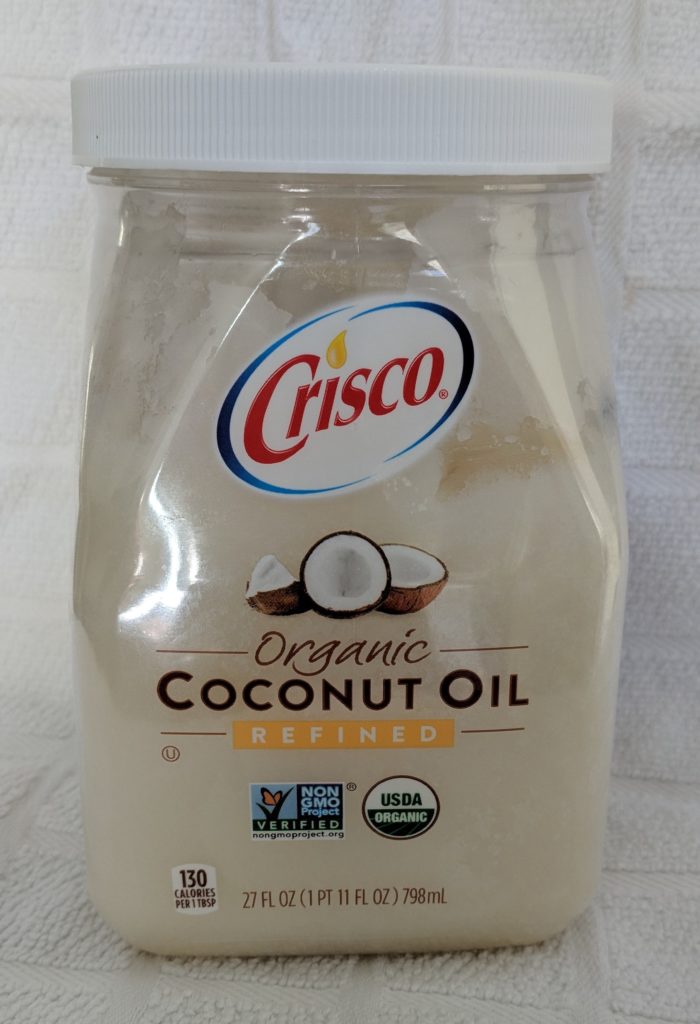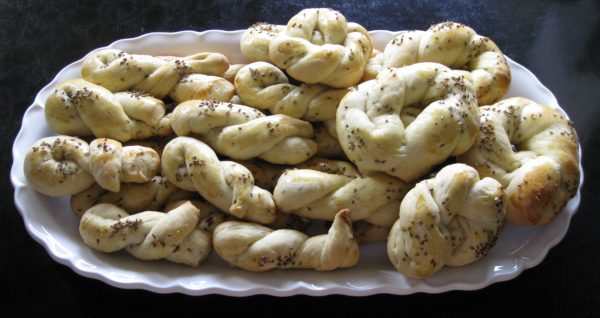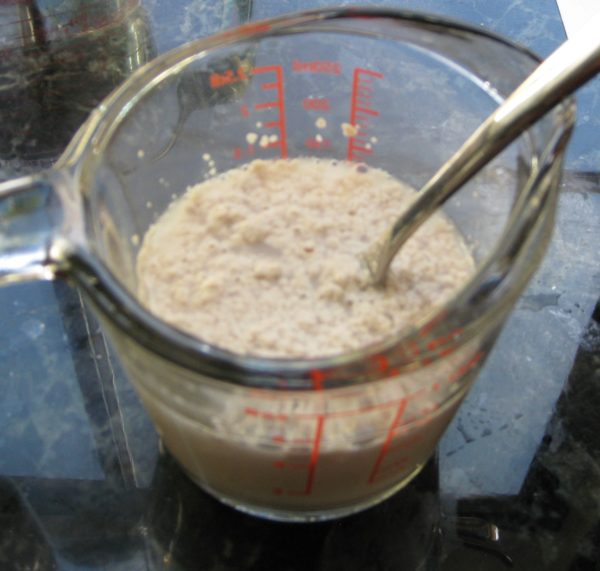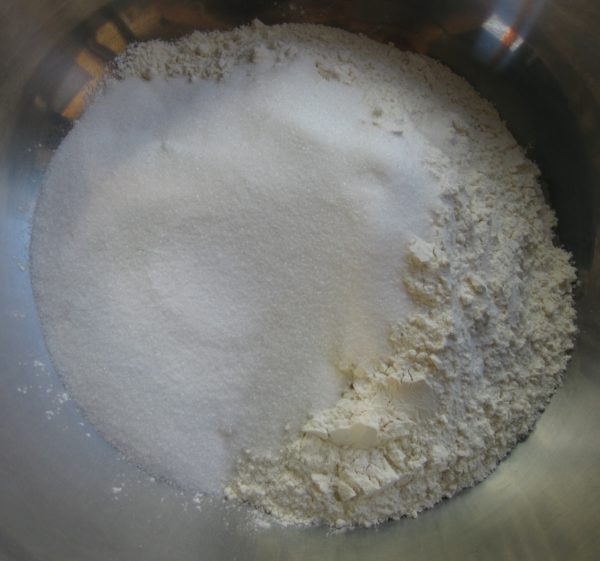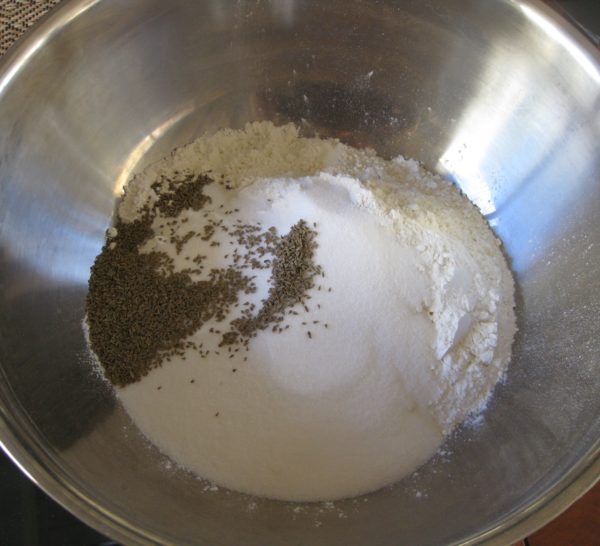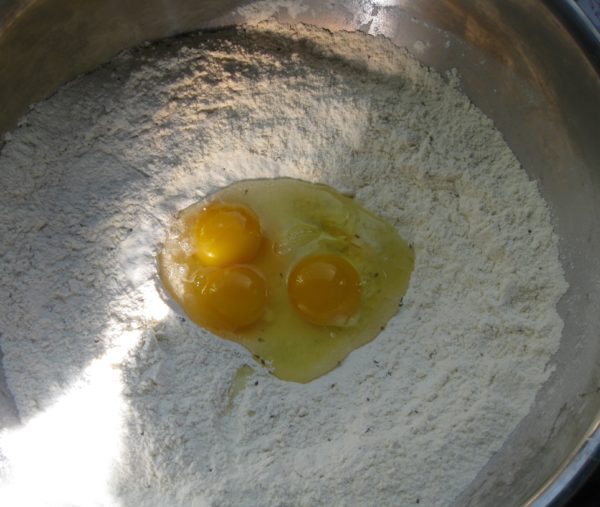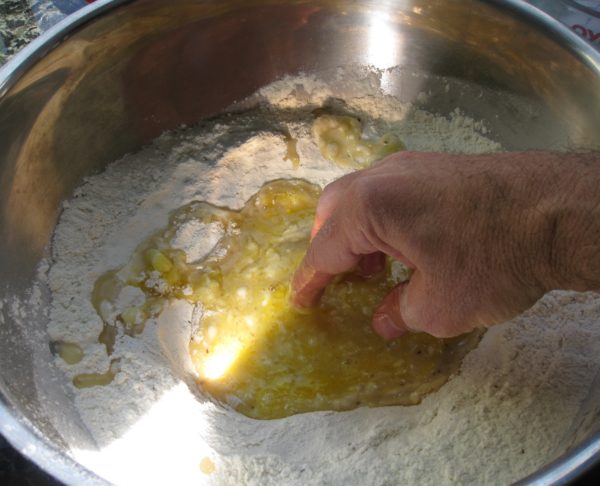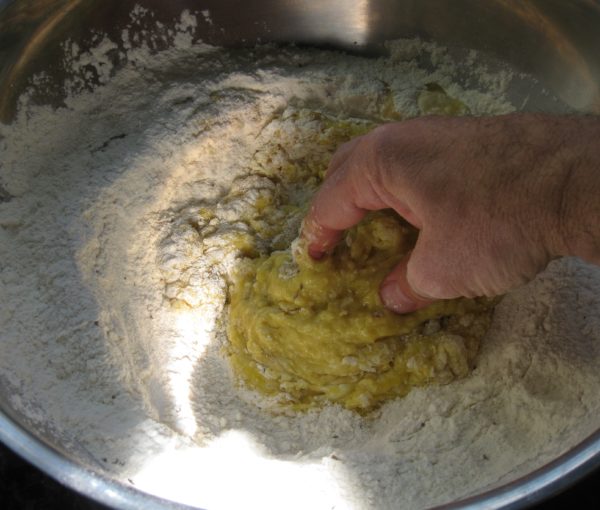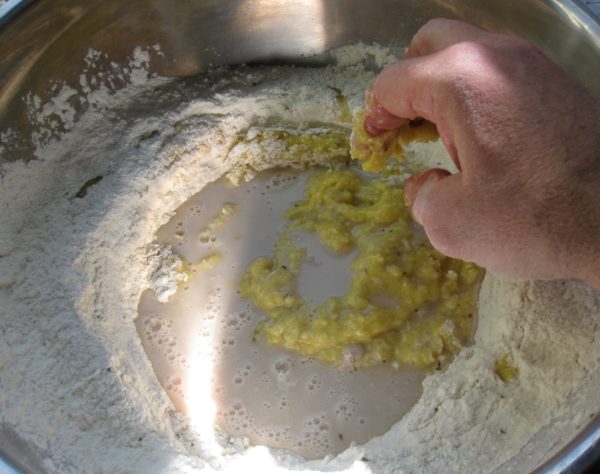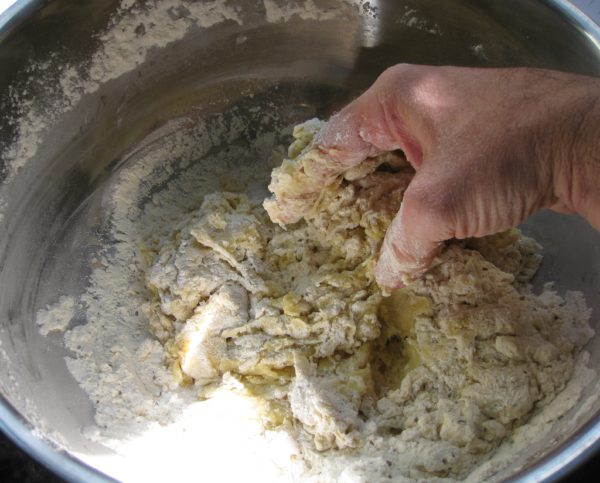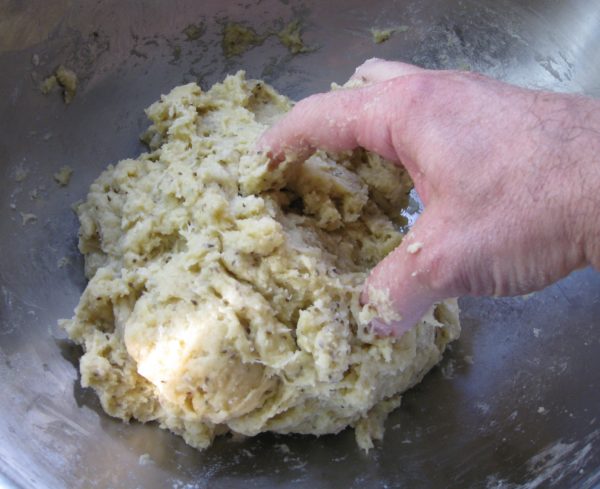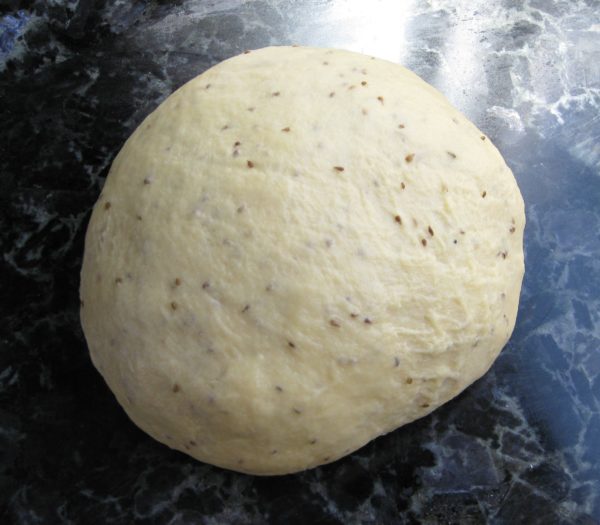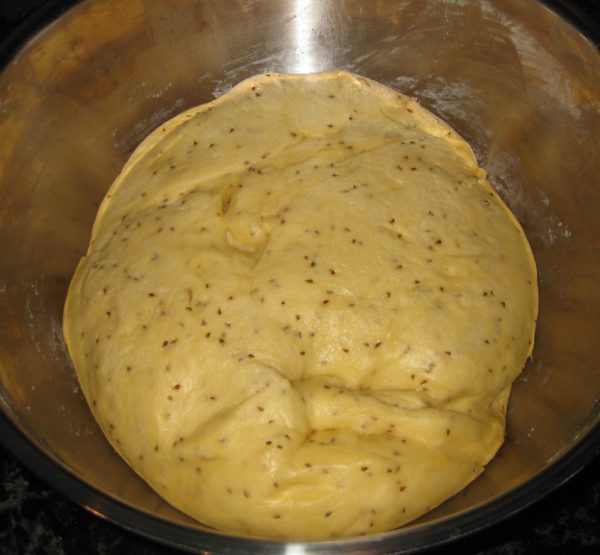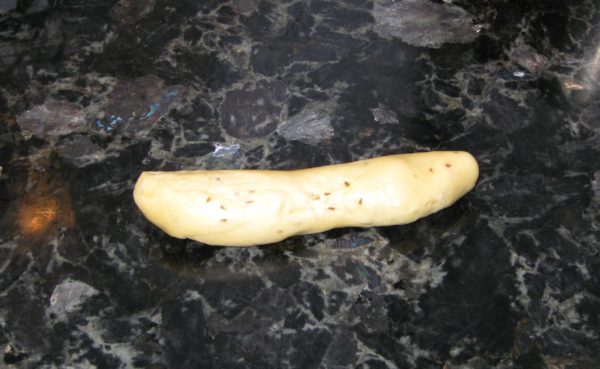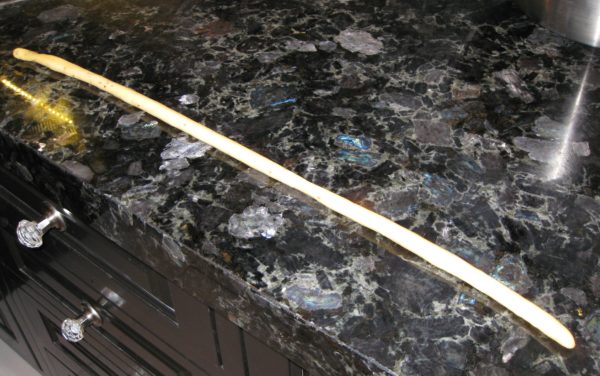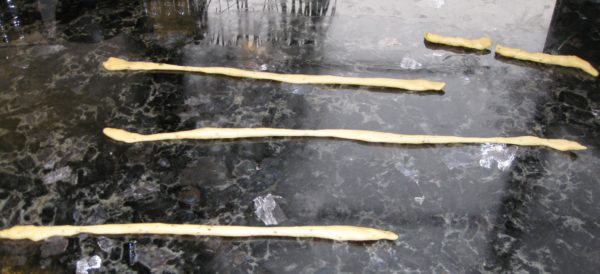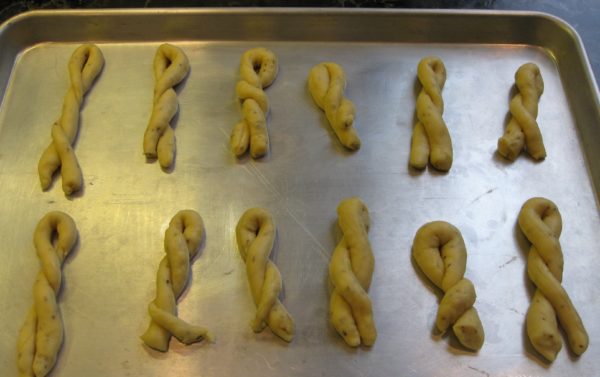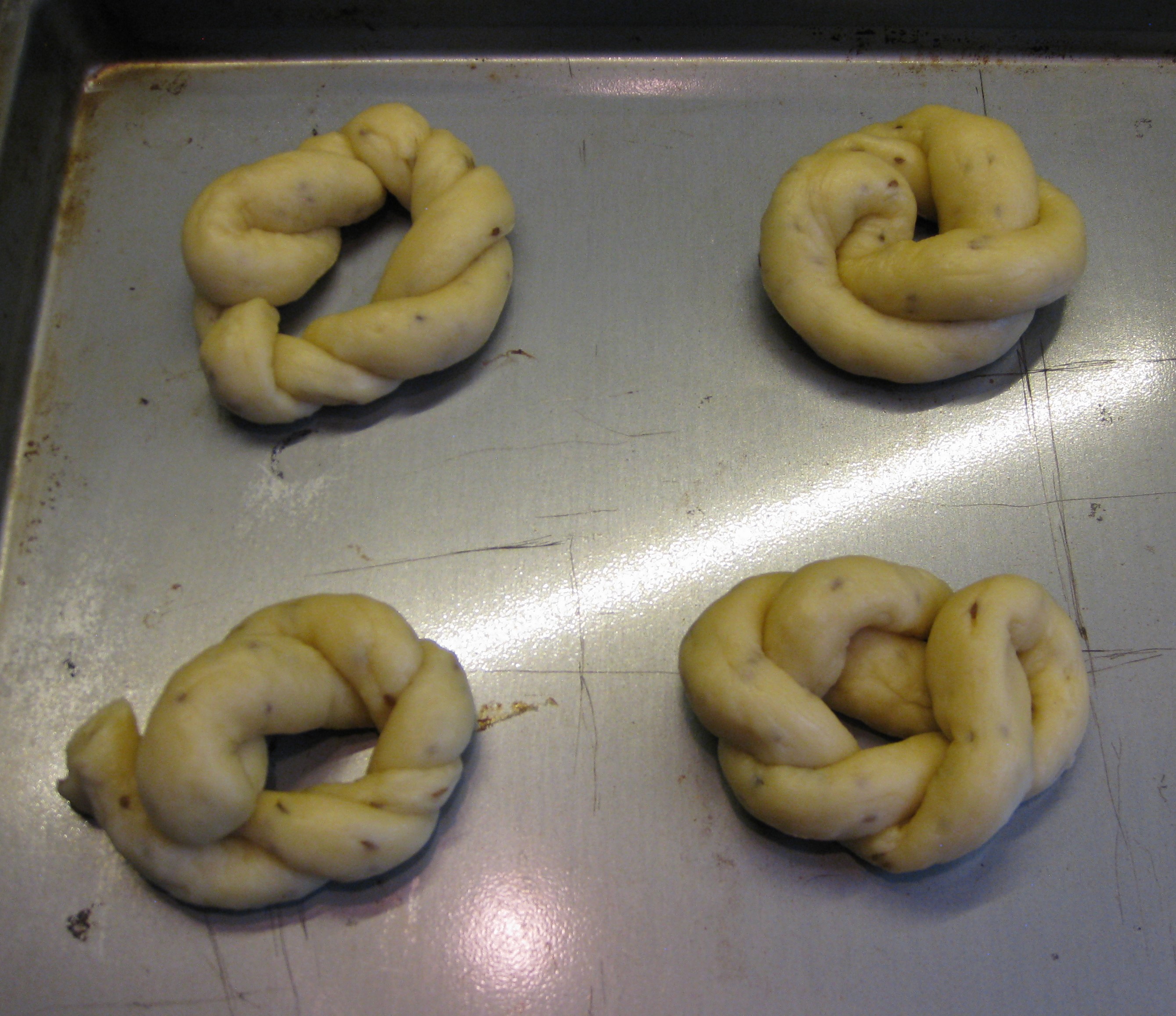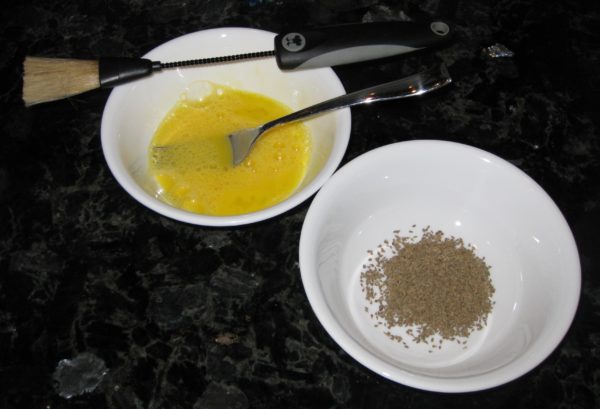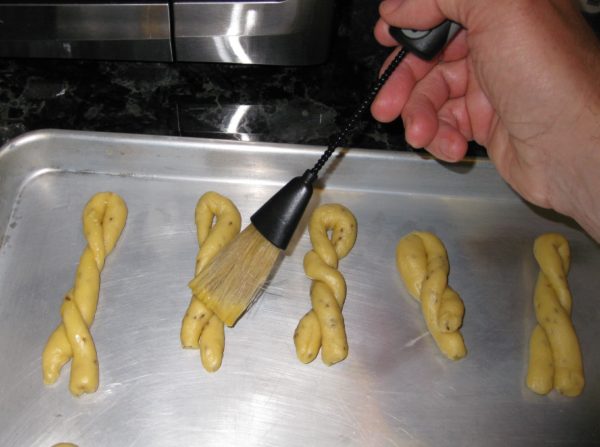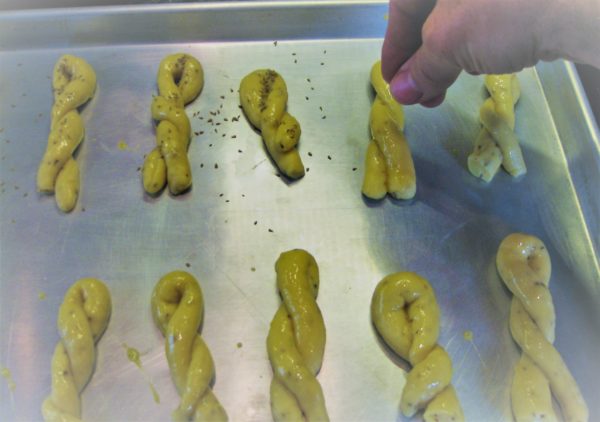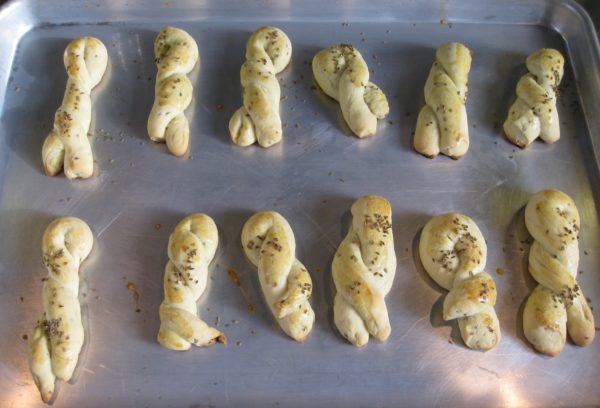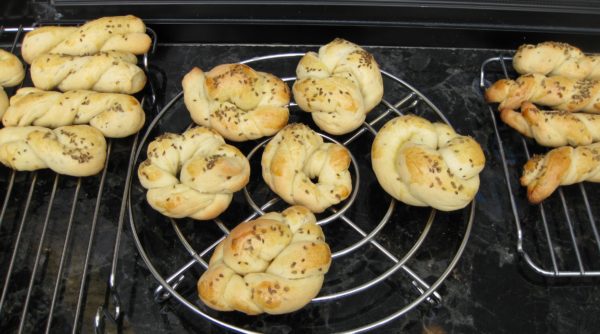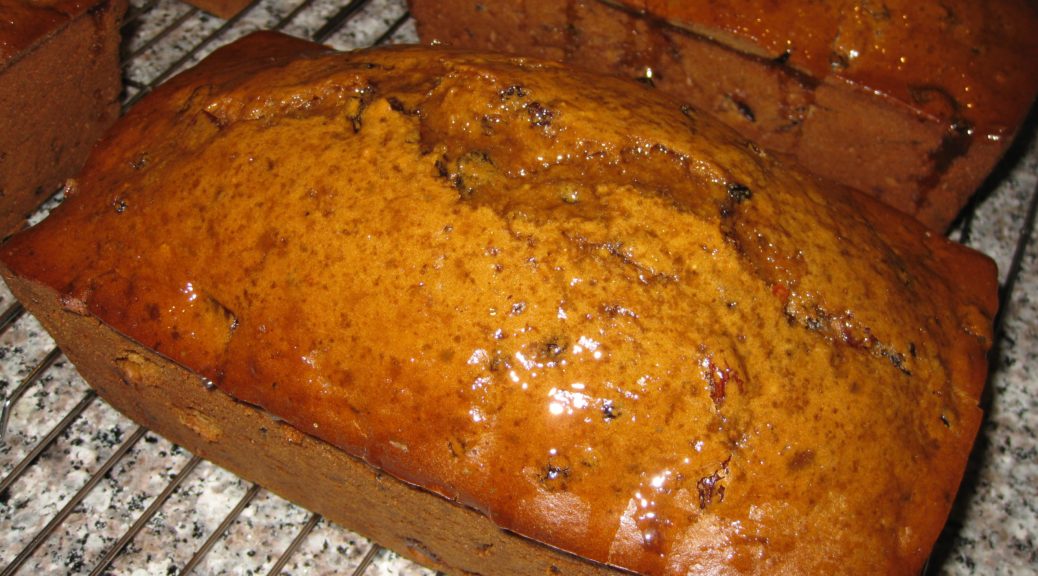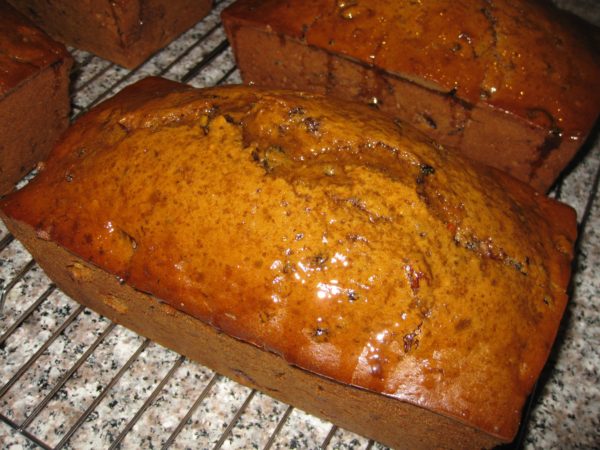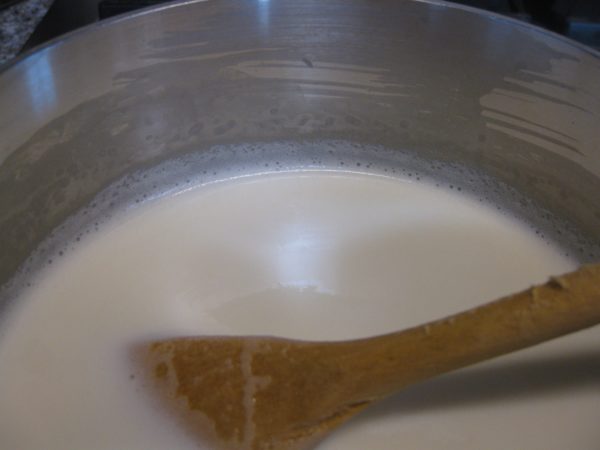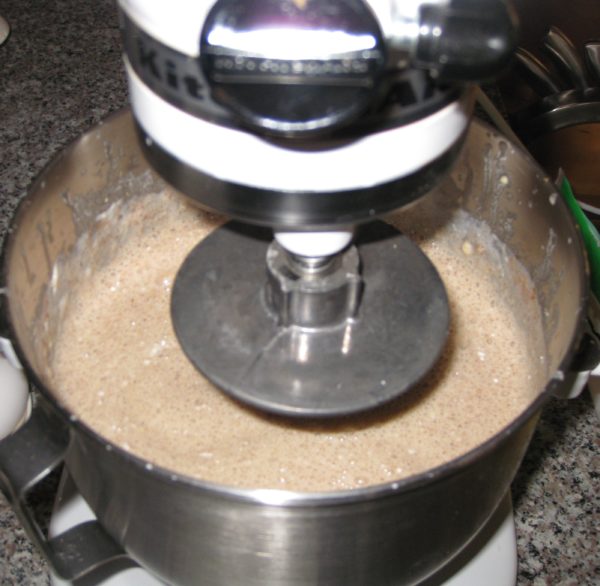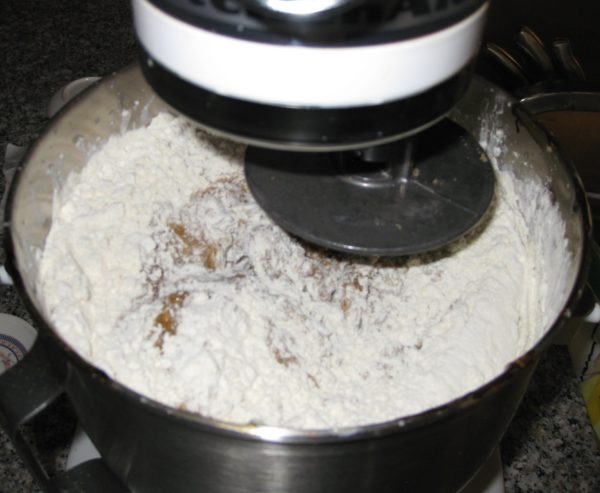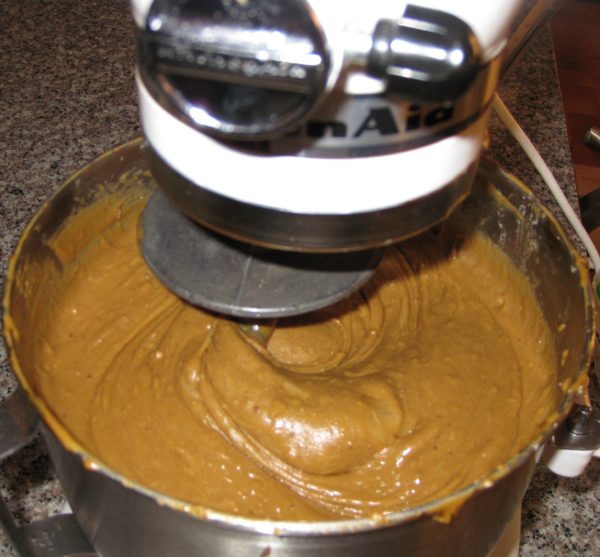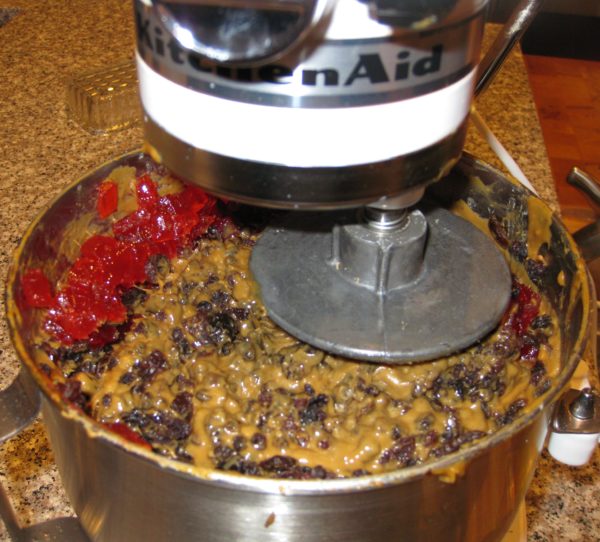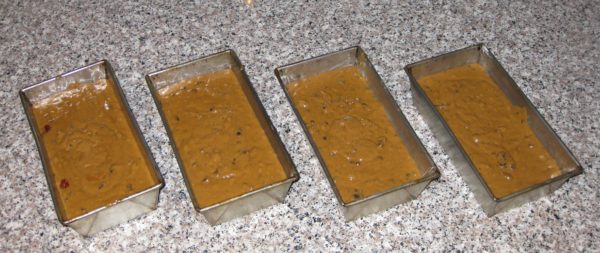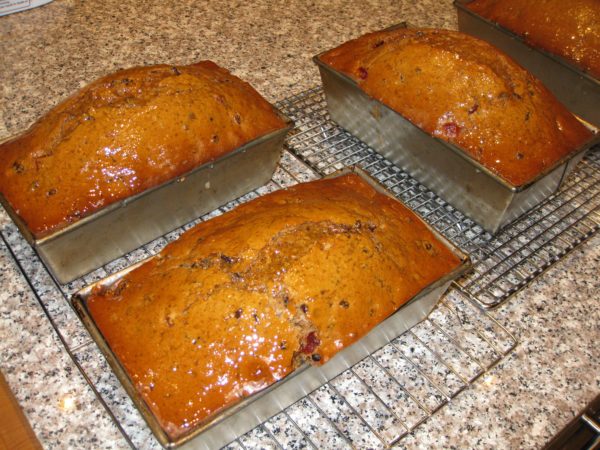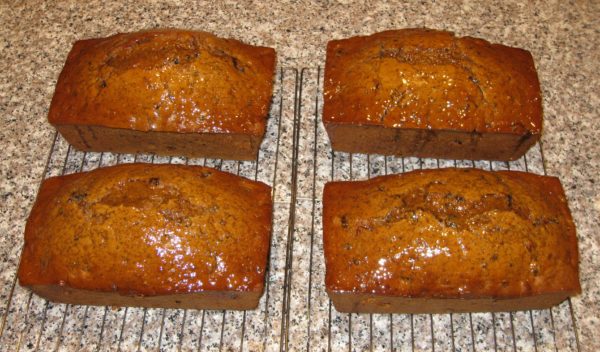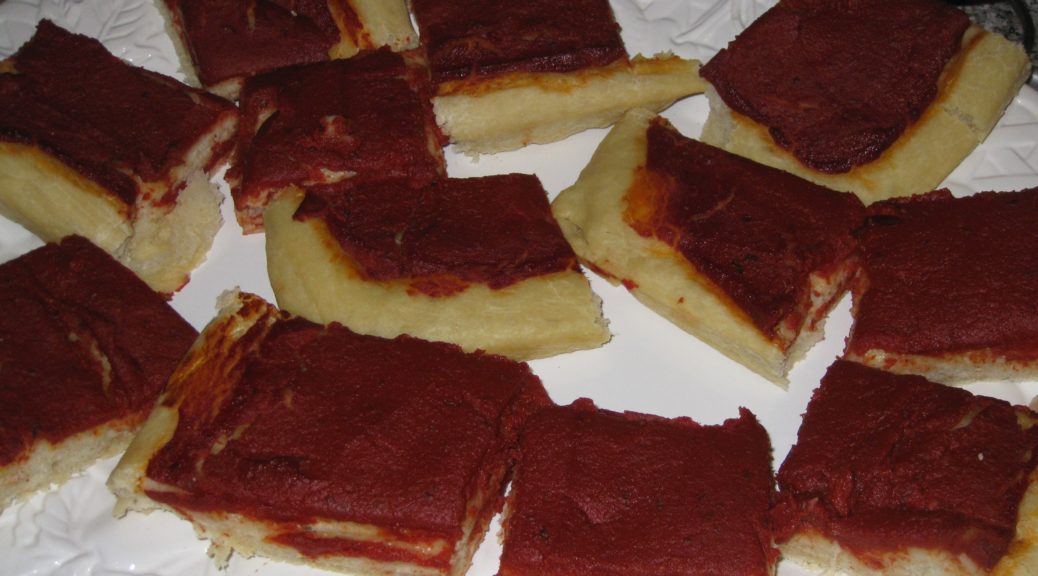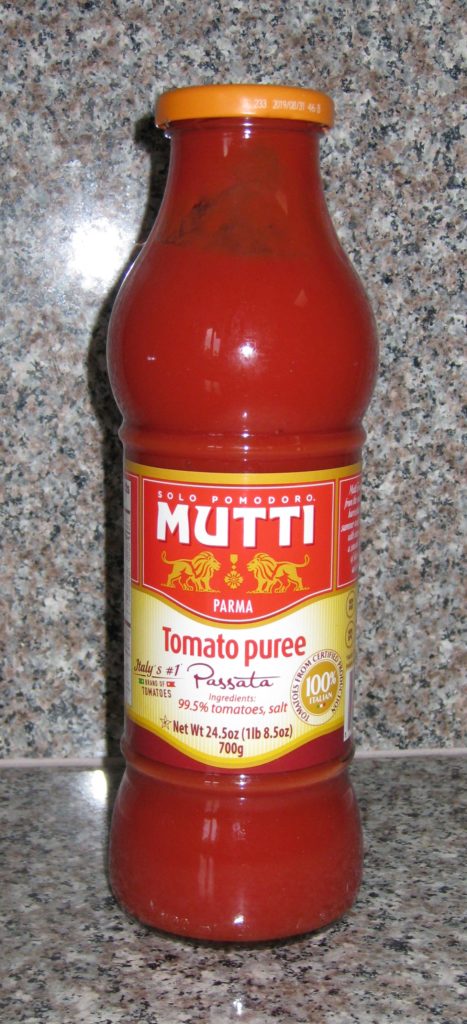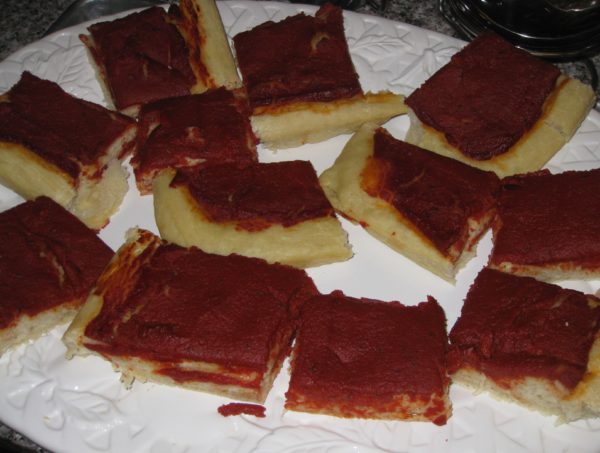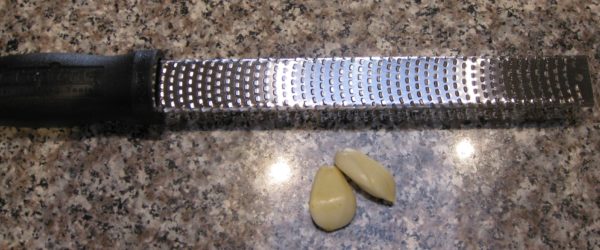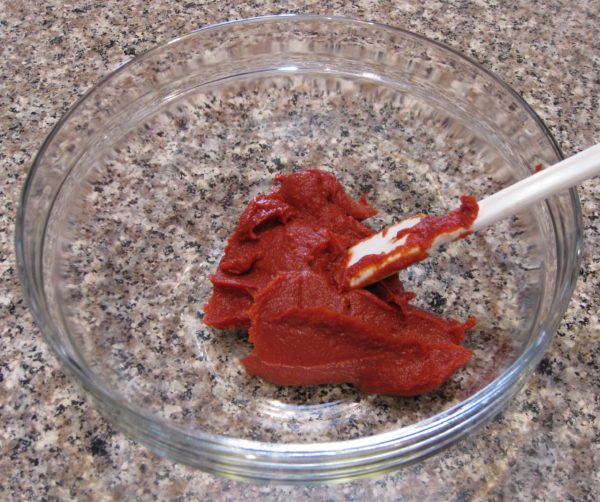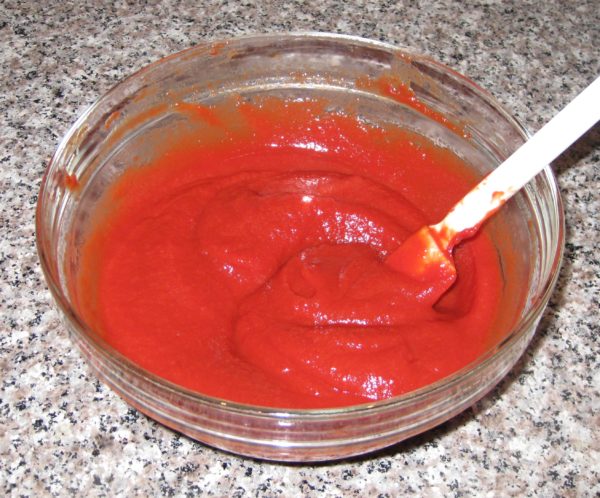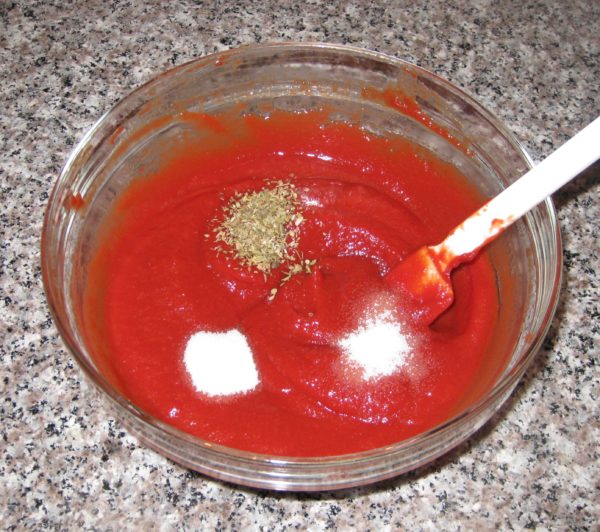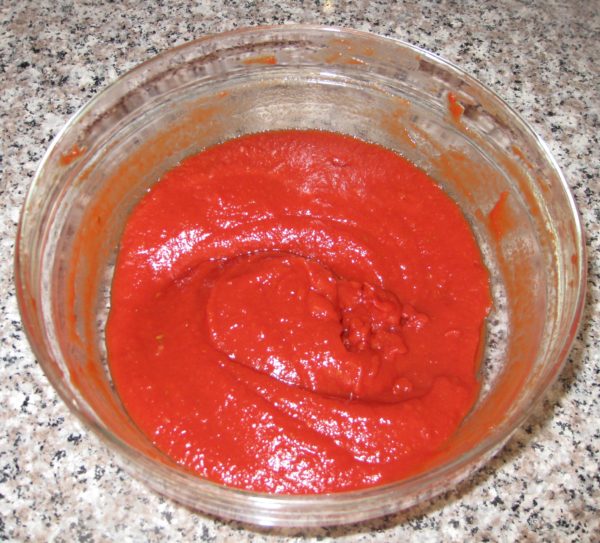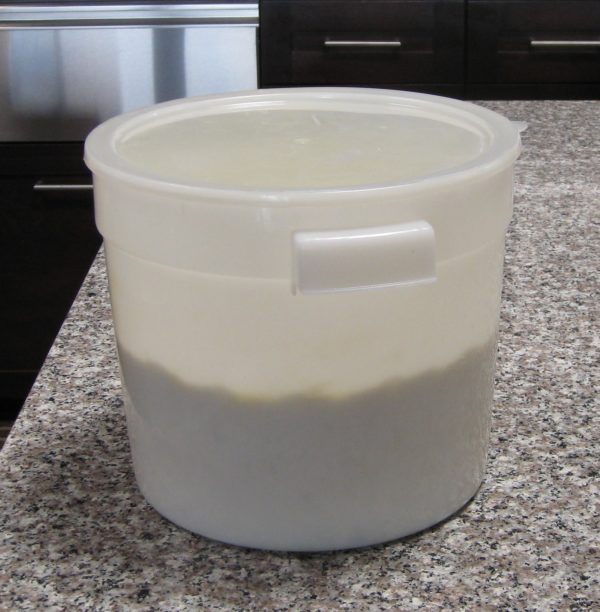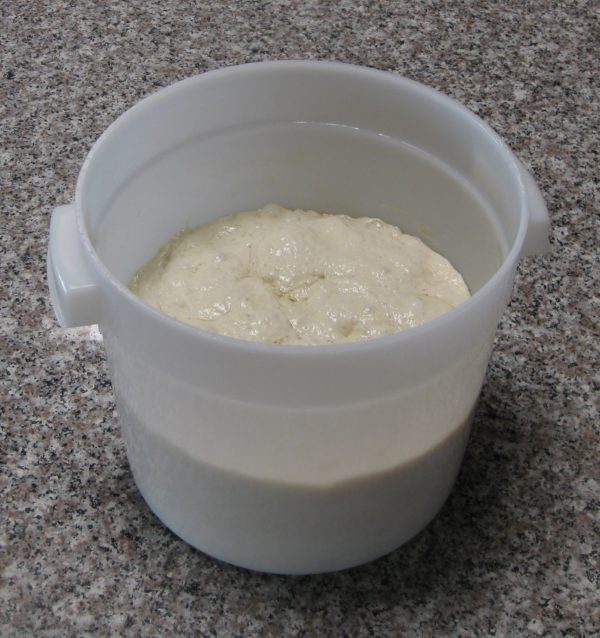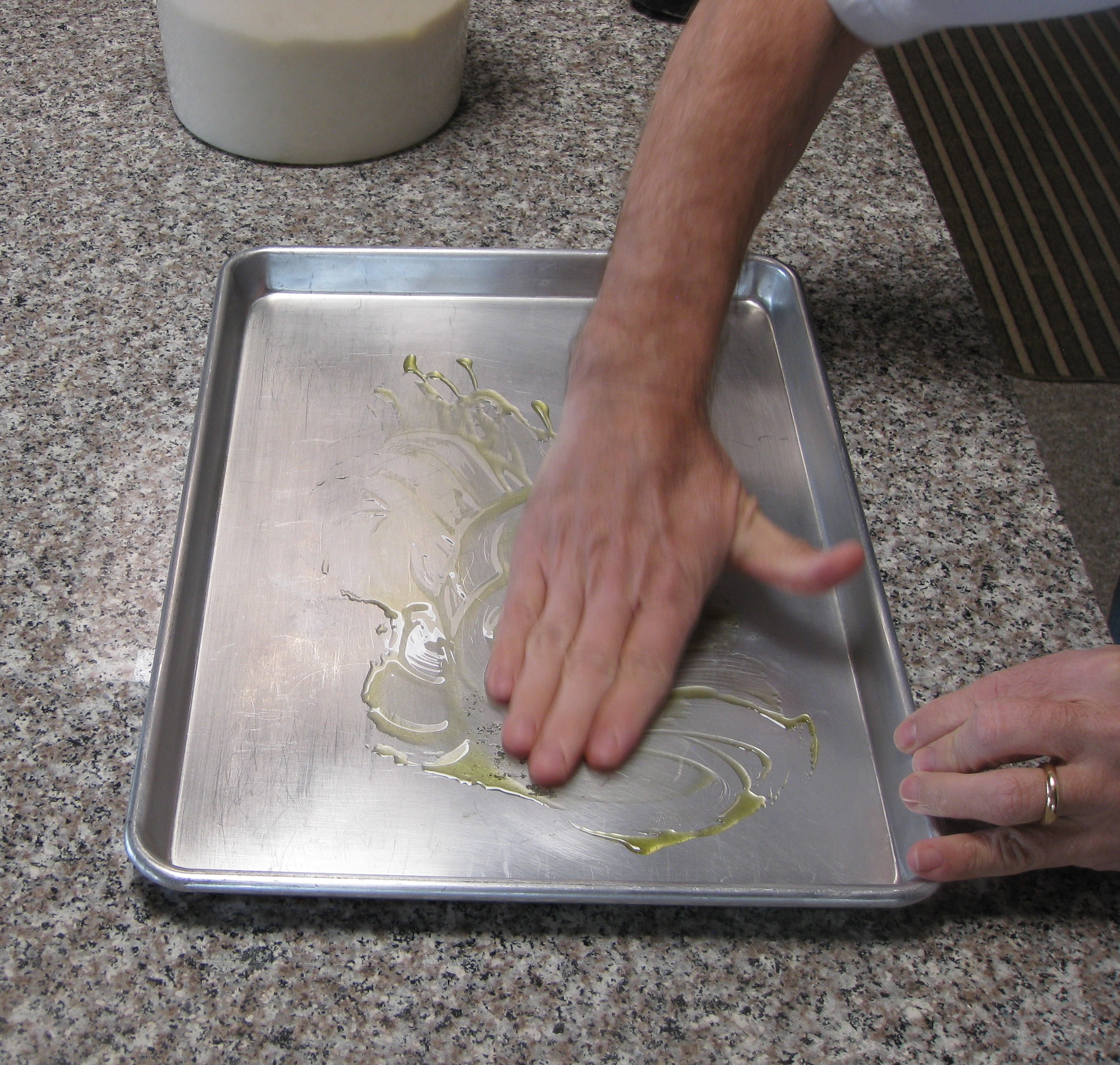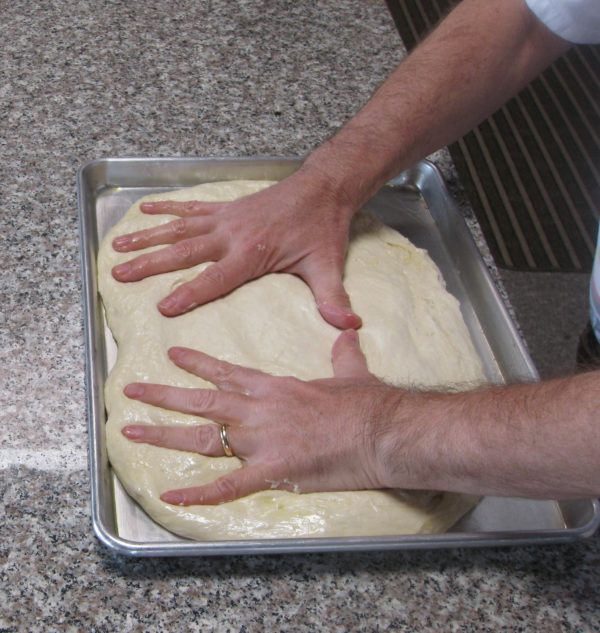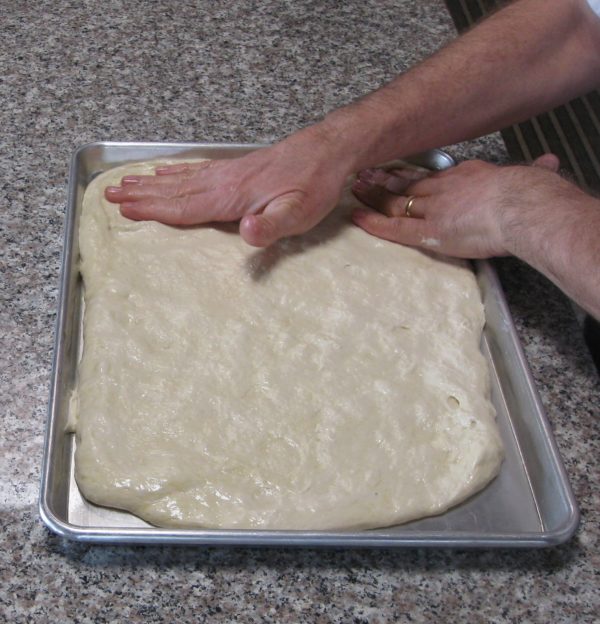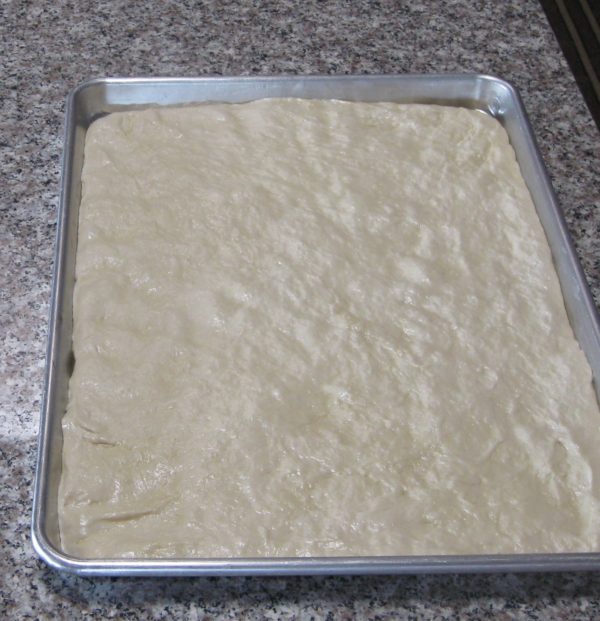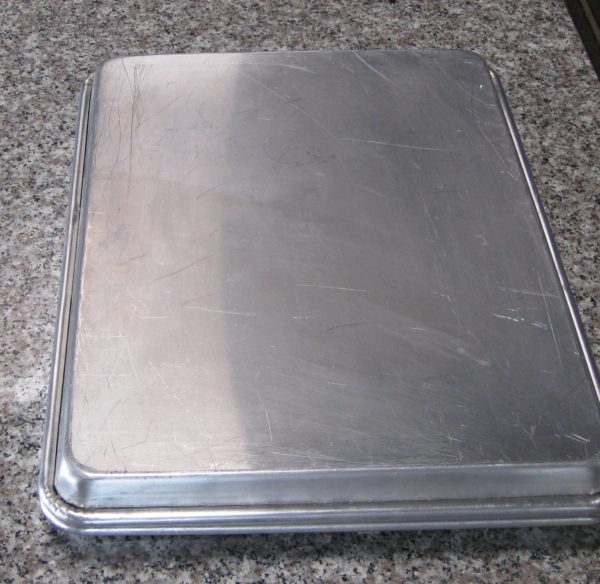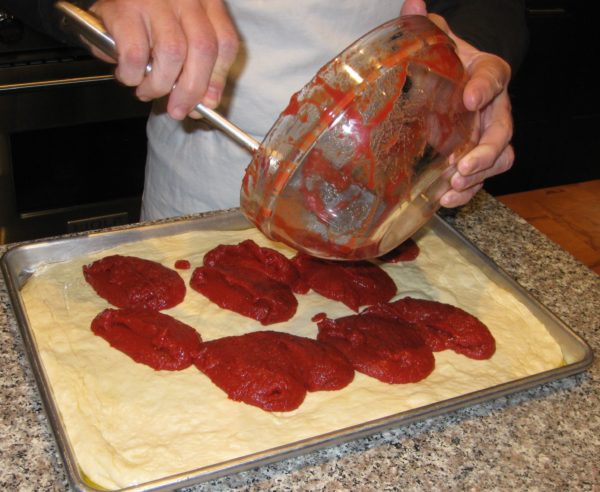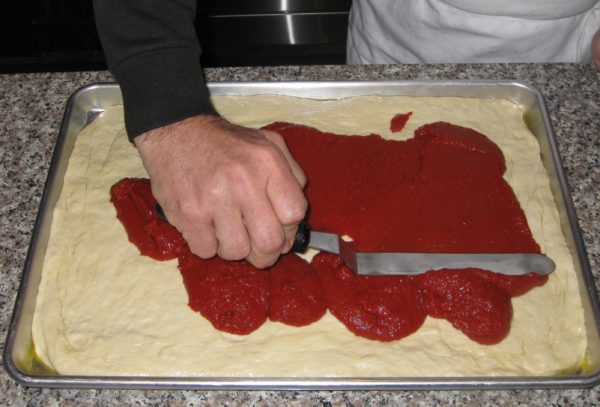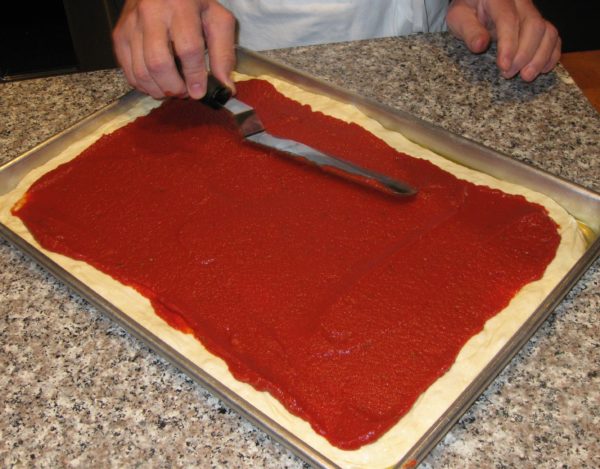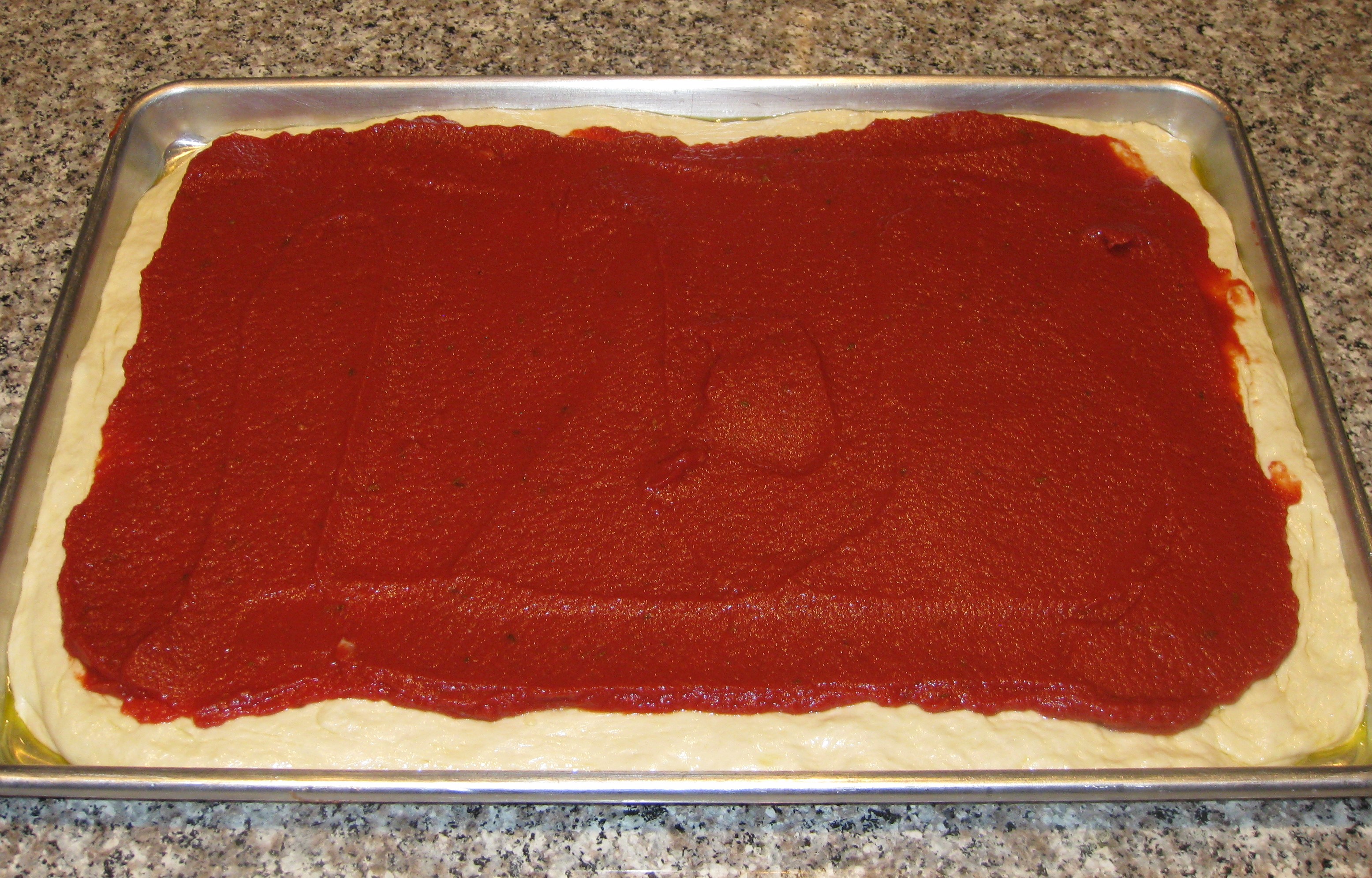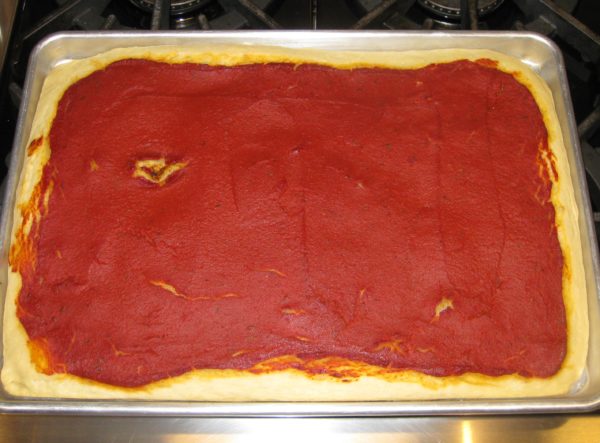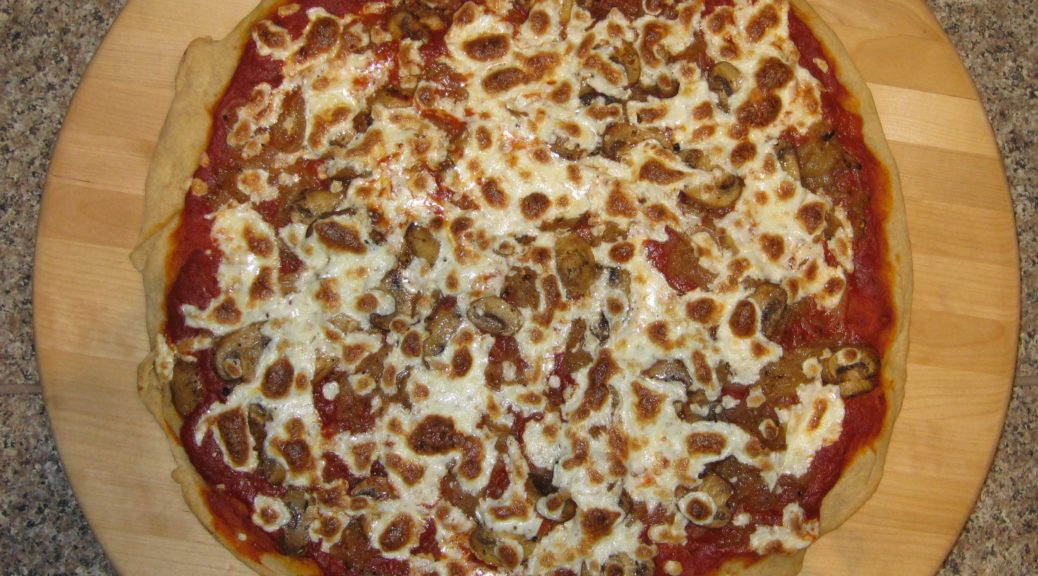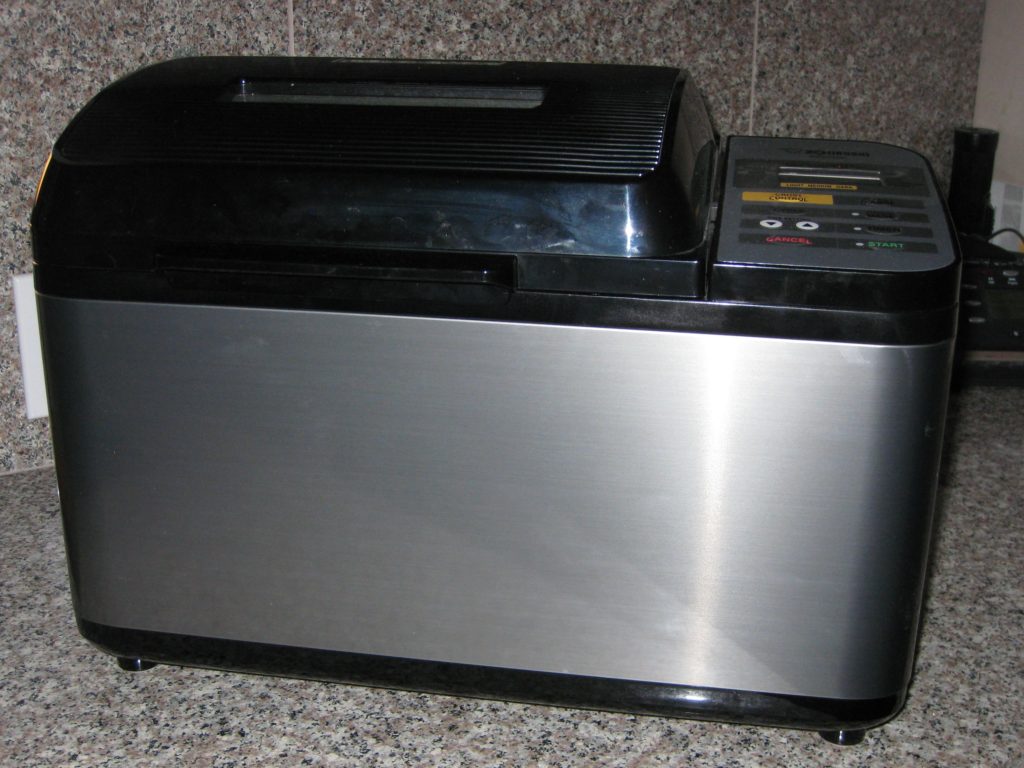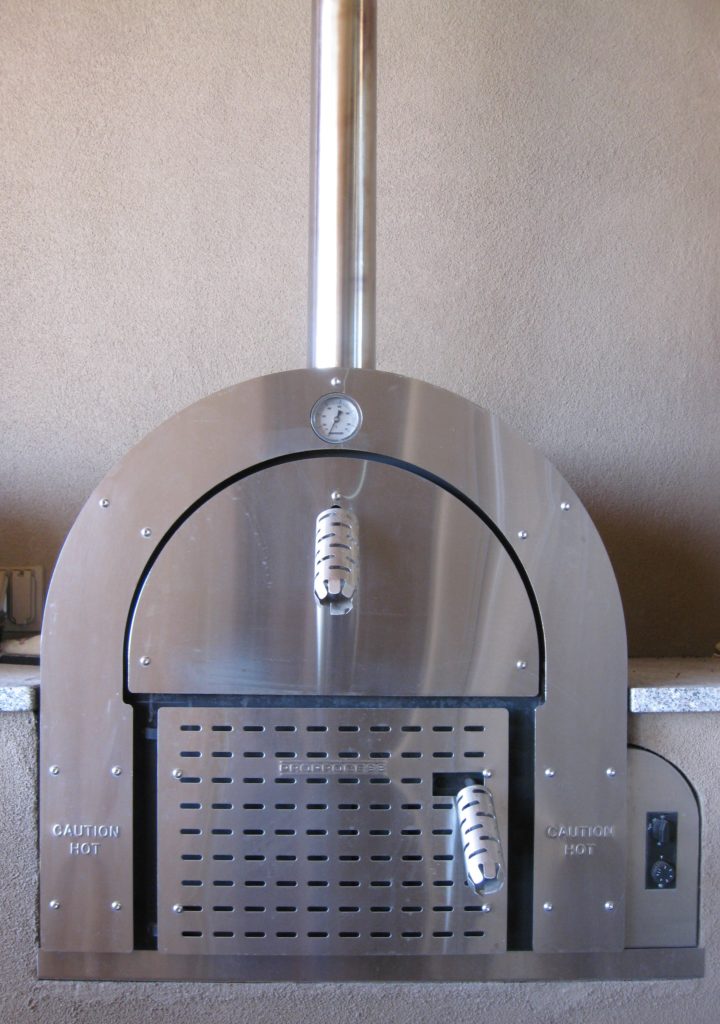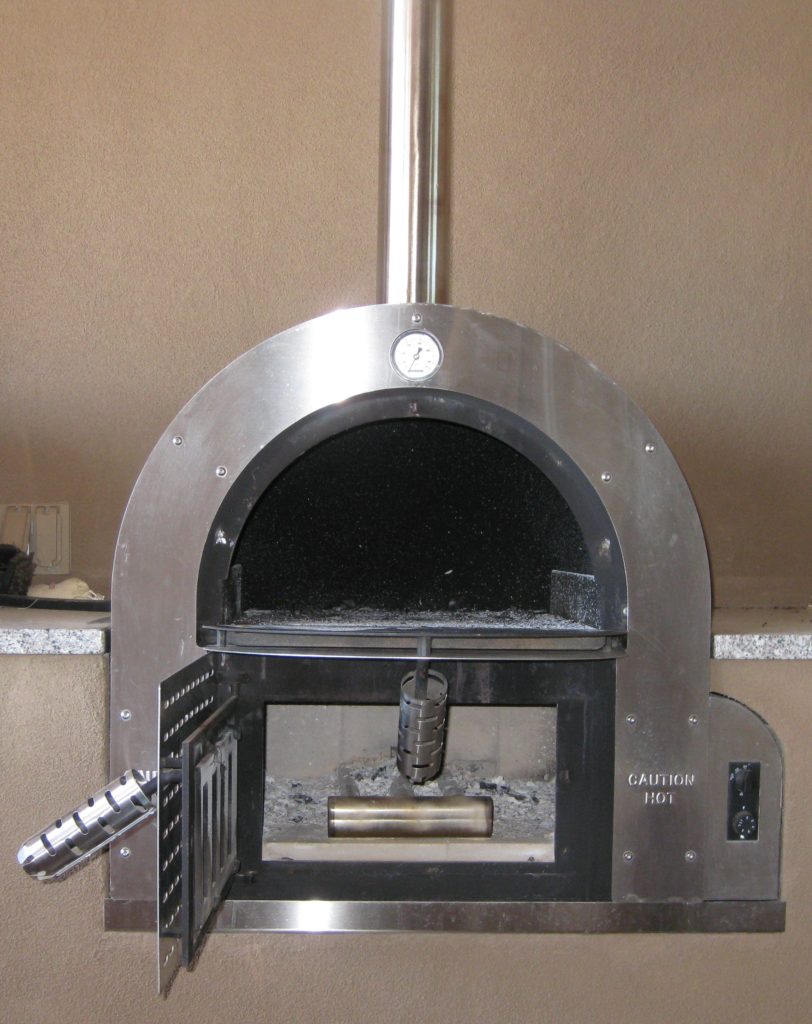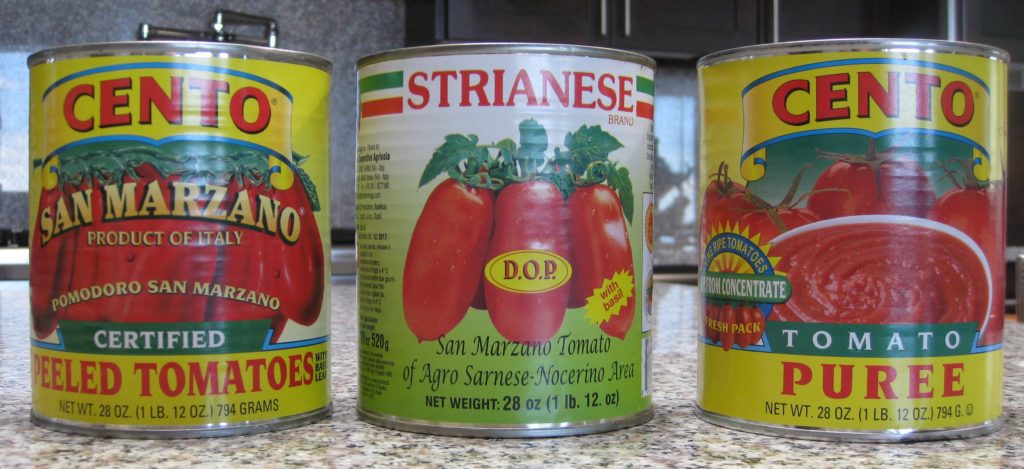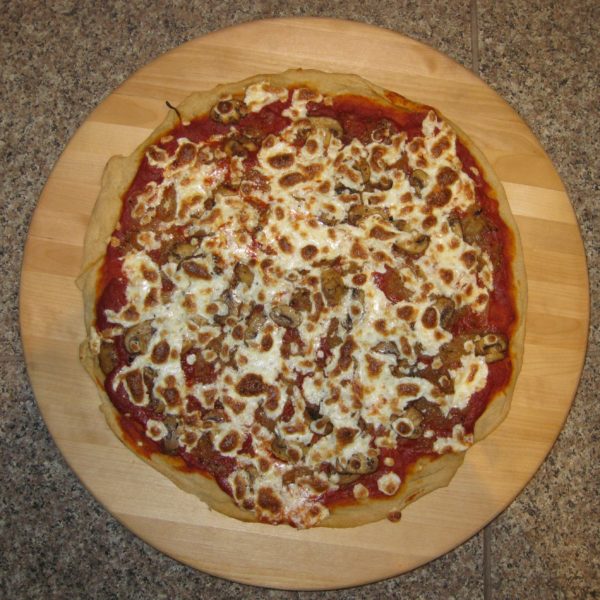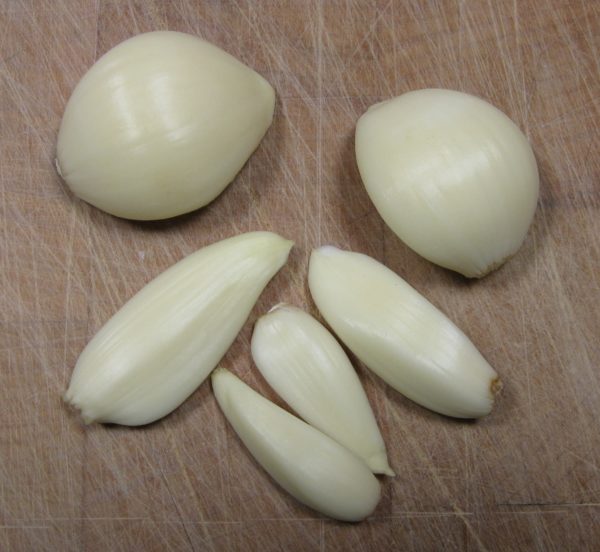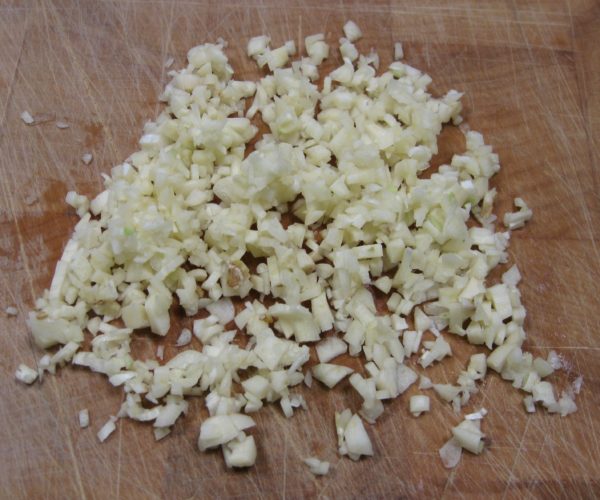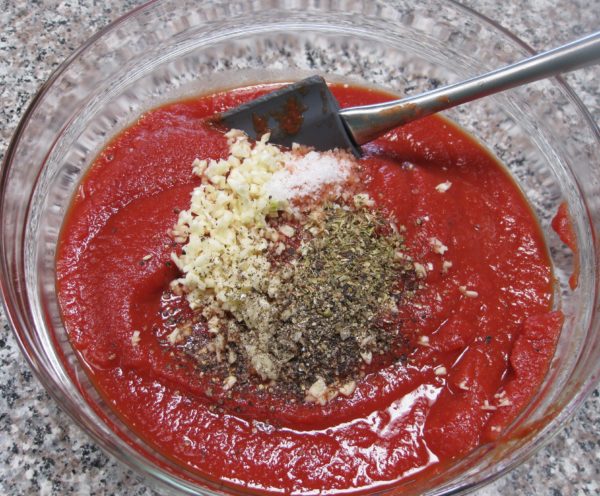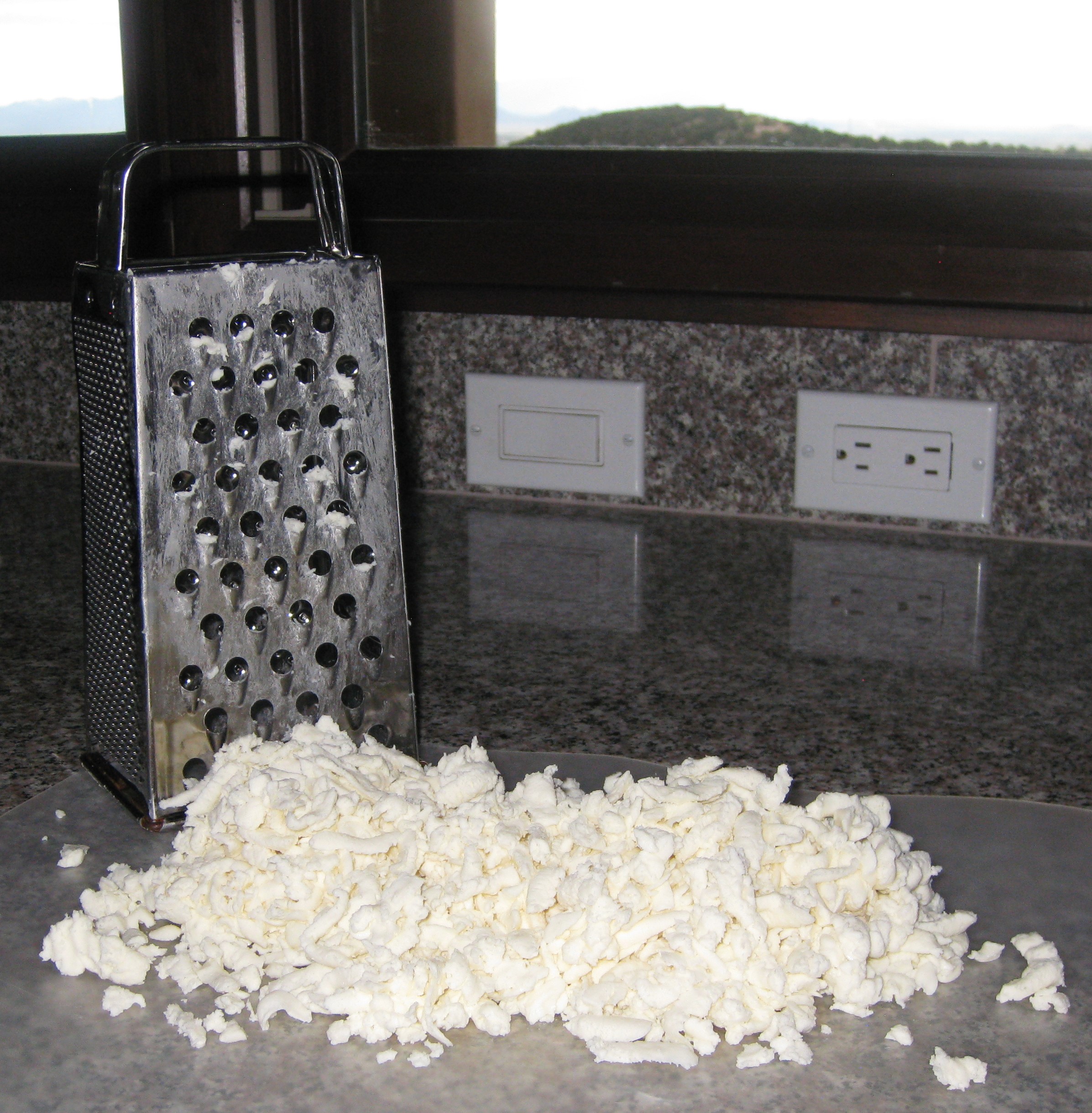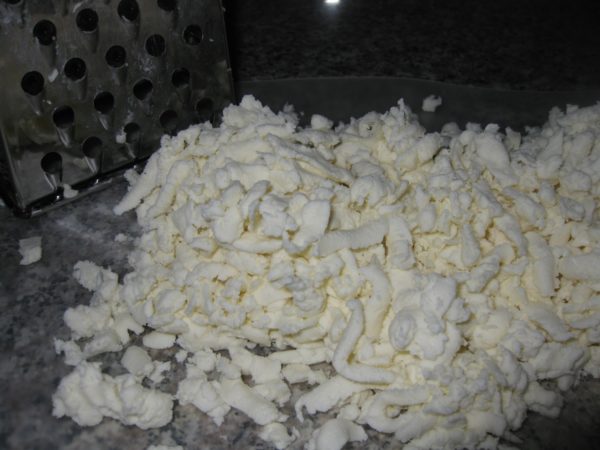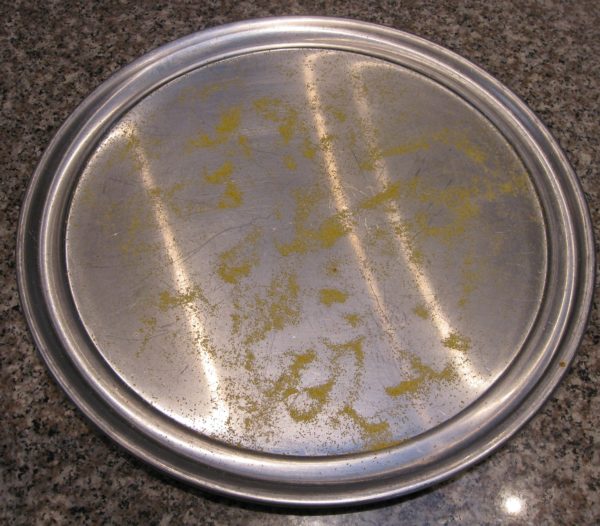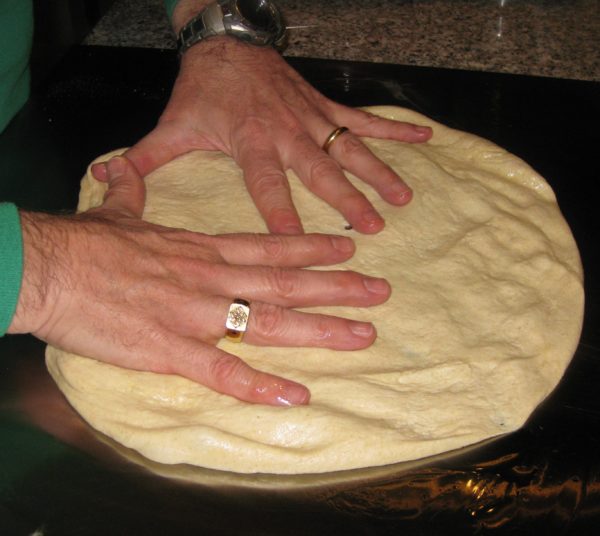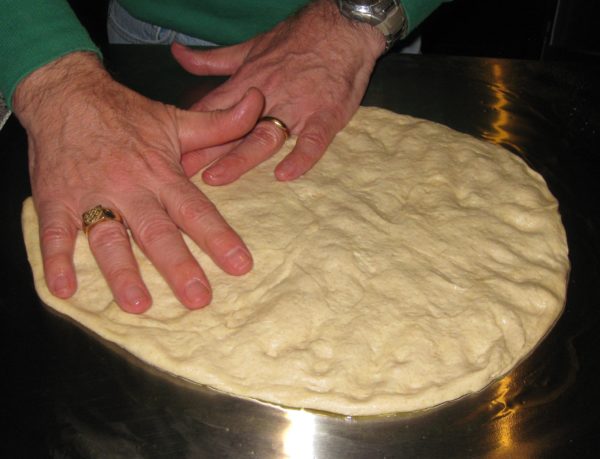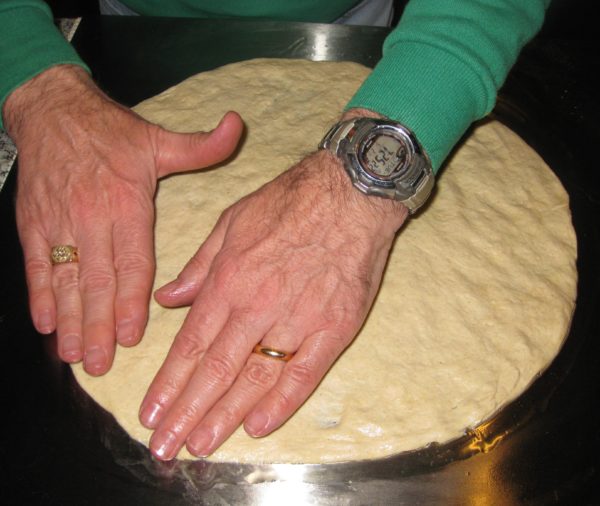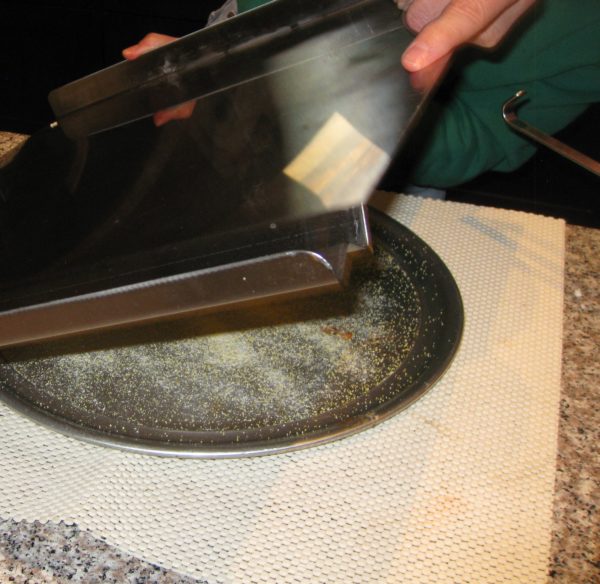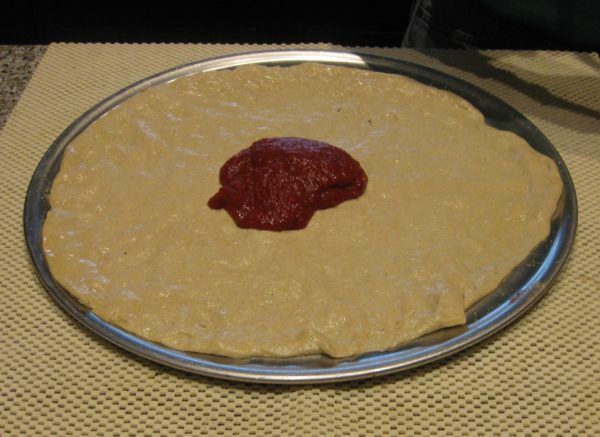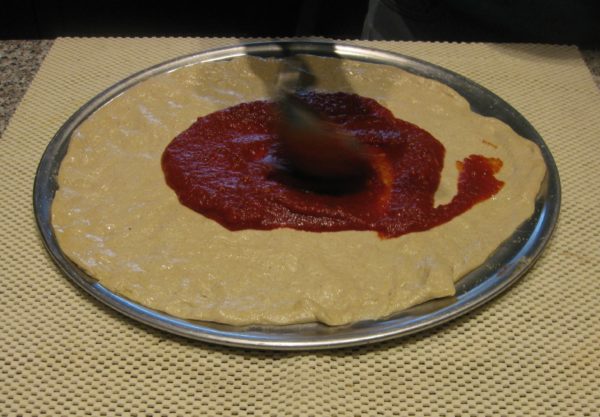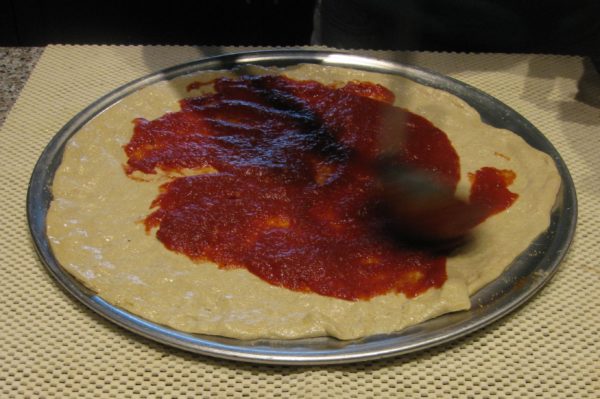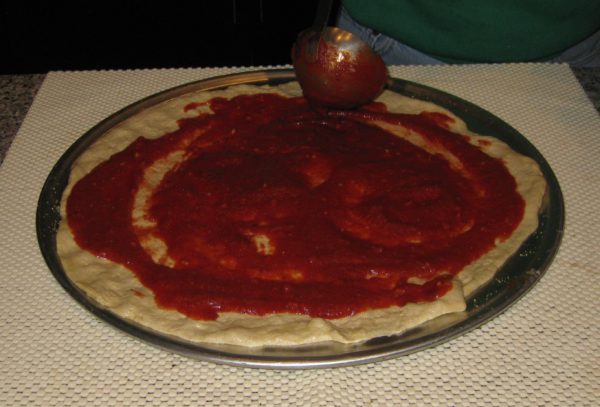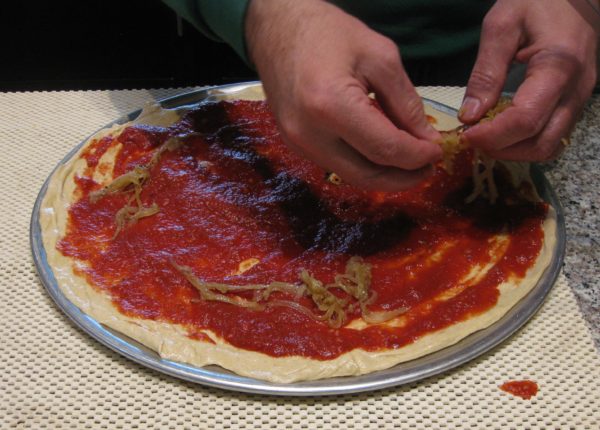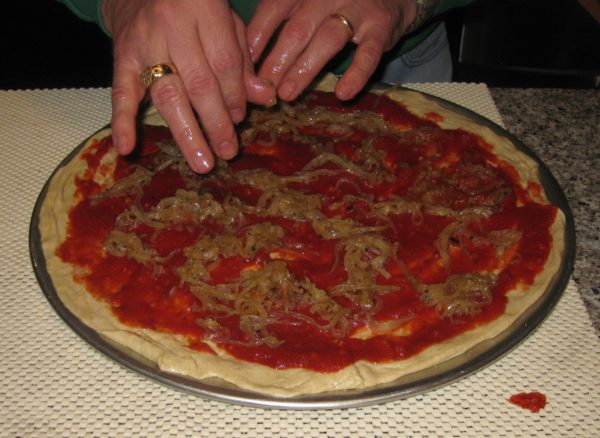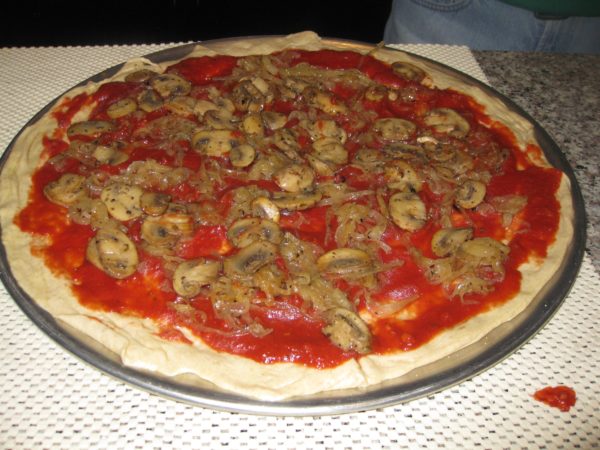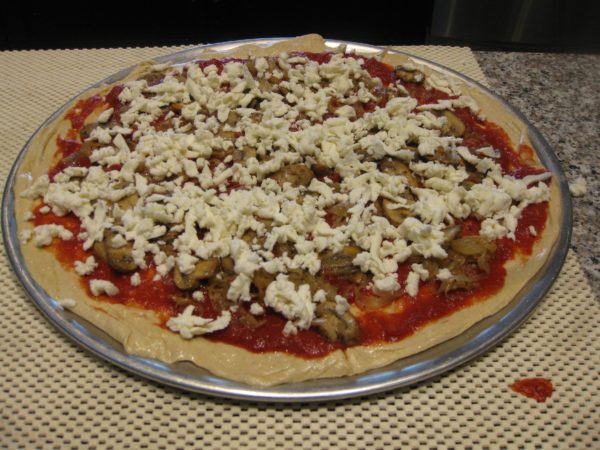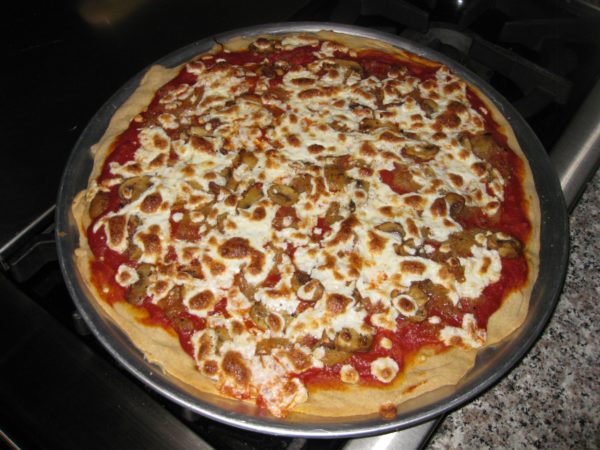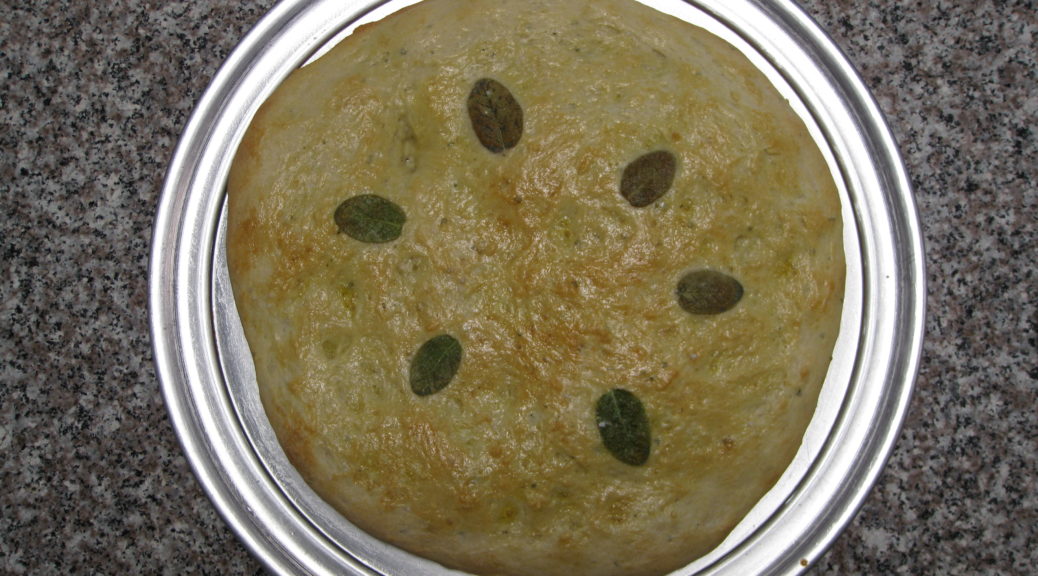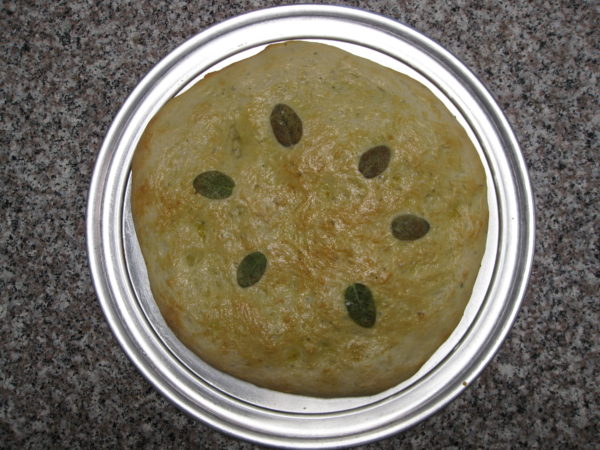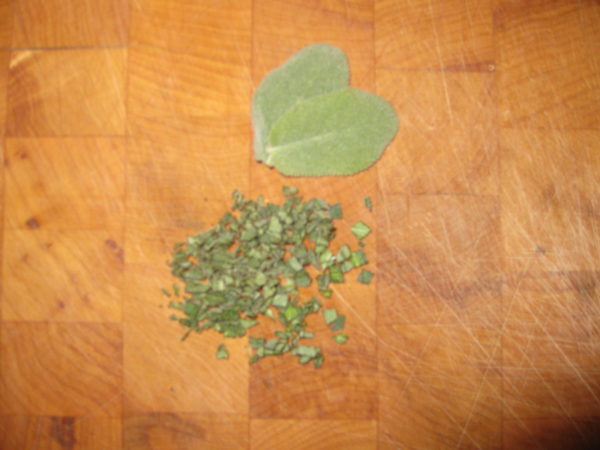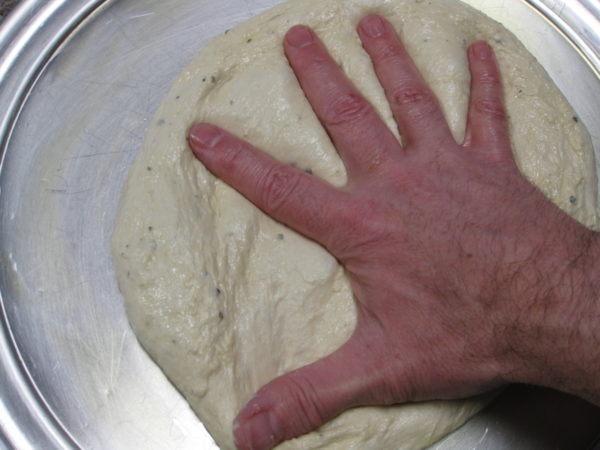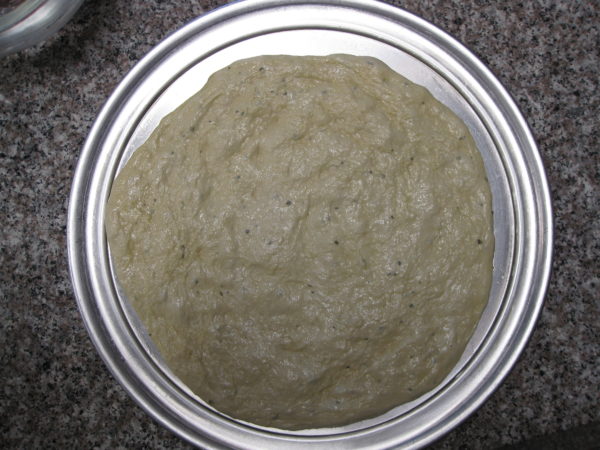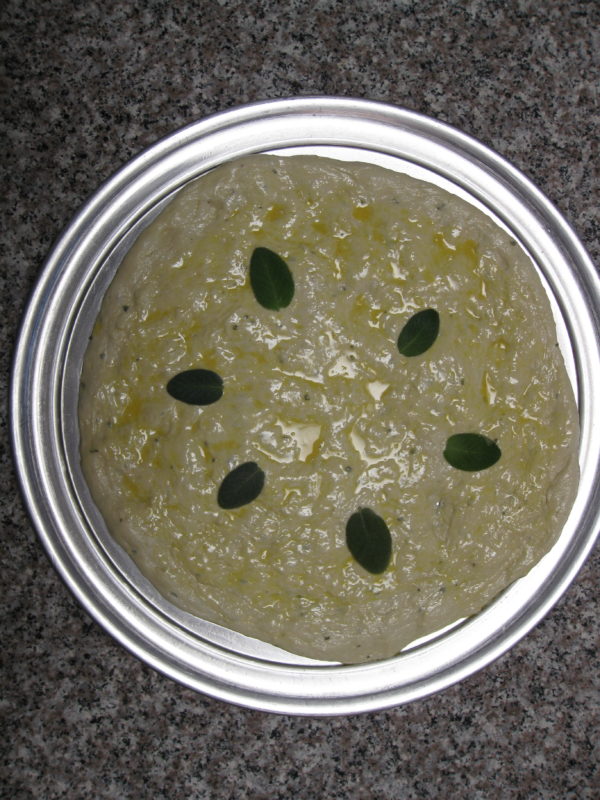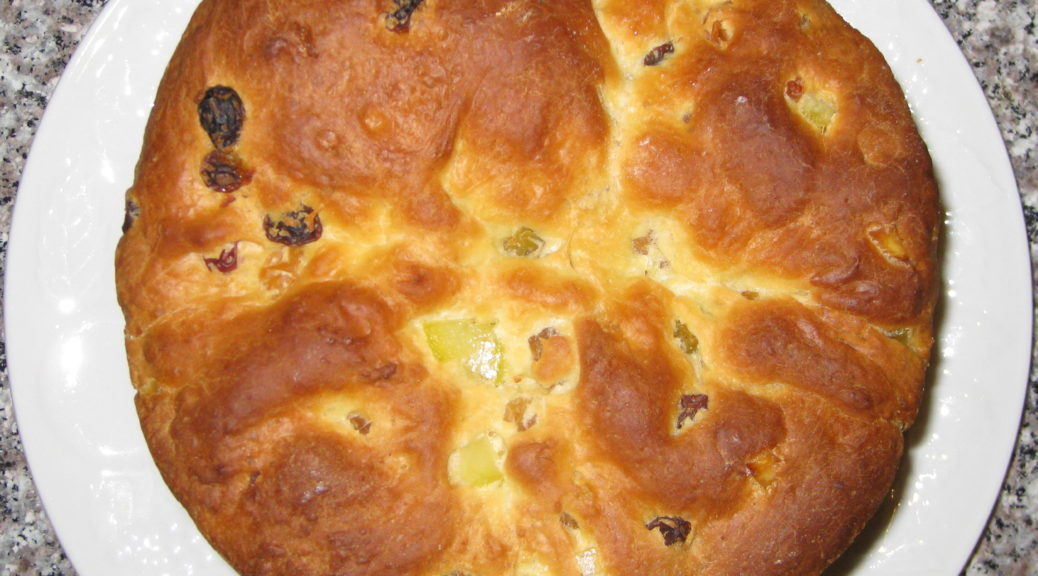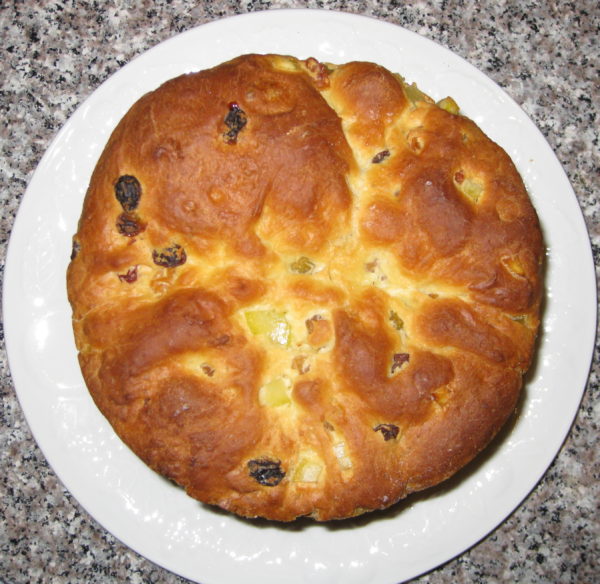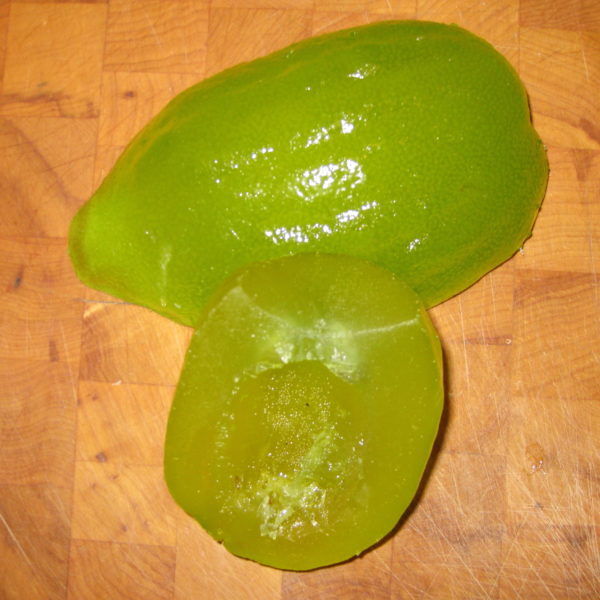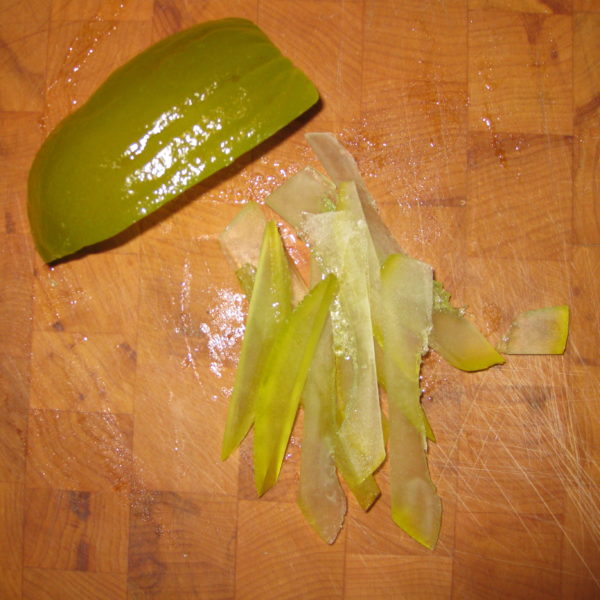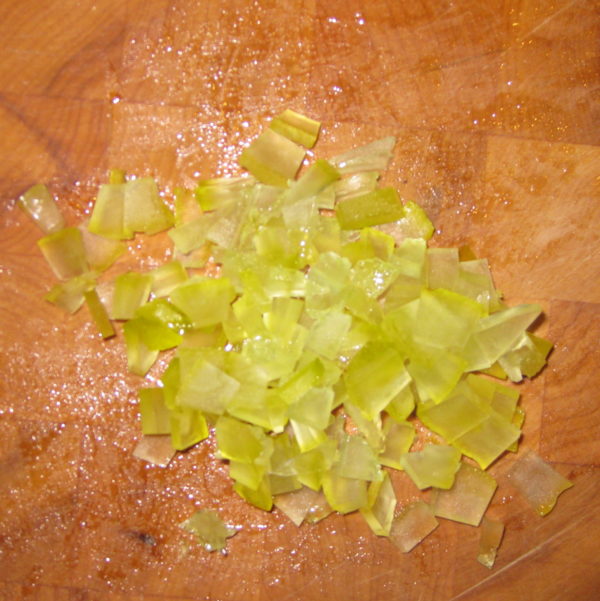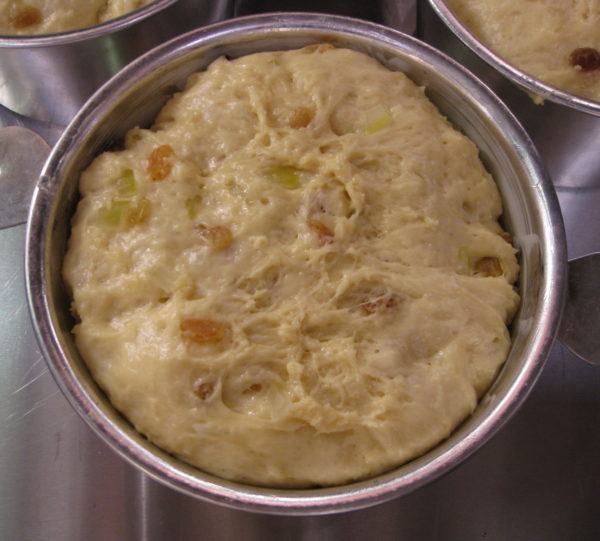December 19, 2018
I remember it clearly! My love affair with Pizza di Patate began May 1992 in Rome.
All of my most favorite foods are carbohydrates: pasta, bread stuffing, mashed potatoes, pierogi, soft pretzels, and homemade bread, among them. The favorites among my favorites, though, combine two different carbohydrates in the same dish: potato gnocchi, bubba (and its relative, potato pancakes), potato pierogi, homemade bread rolls stuffed with mashed potatoes and rubbed with olive oil and garlic, and, of course, potato pizza.
When I first tasted potato pizza in Rome it immediately entered the highest level of my carbohydrate pantheon. I knew at some point I would need to learn to make it as I had never had anything like it in the States. I still haven’t unless it’s come out of my pizza oven, though there is a new breed of Roman Pizzerias cropping up around the country dangling the possibility that one, serving pizza di patate, might settle in near where I live.
May of 1992 was the month my (now) husband and I were to celebrate our fifth anniversary. I had been discussing with John Bowker, a friend, Anglican priest and the dean of Trinity College, Cambridge, England, coming to the UK for our anniversary. John had offered to perform a wedding ceremony (still not legally binding, of course) following the Anglican rite in the Trinity College Chapel with the Trinity College Choir there to sing.
After much thought, we decided against going to Cambridge for the ceremony. Although a few of our friends might have attended, we felt that most would not and we wanted to be surrounded by friends on that day.
Join our mailing list and you’ll never miss a recipe again!
We opted, instead, to have a ceremony performed at our house by John Fortunato, a friend and Episcopal deacon. We had a calligrapher record our vows on parchment and signed by everyone present (in a nod to Quaker tradition) as an affirmation of our commitment to each other.
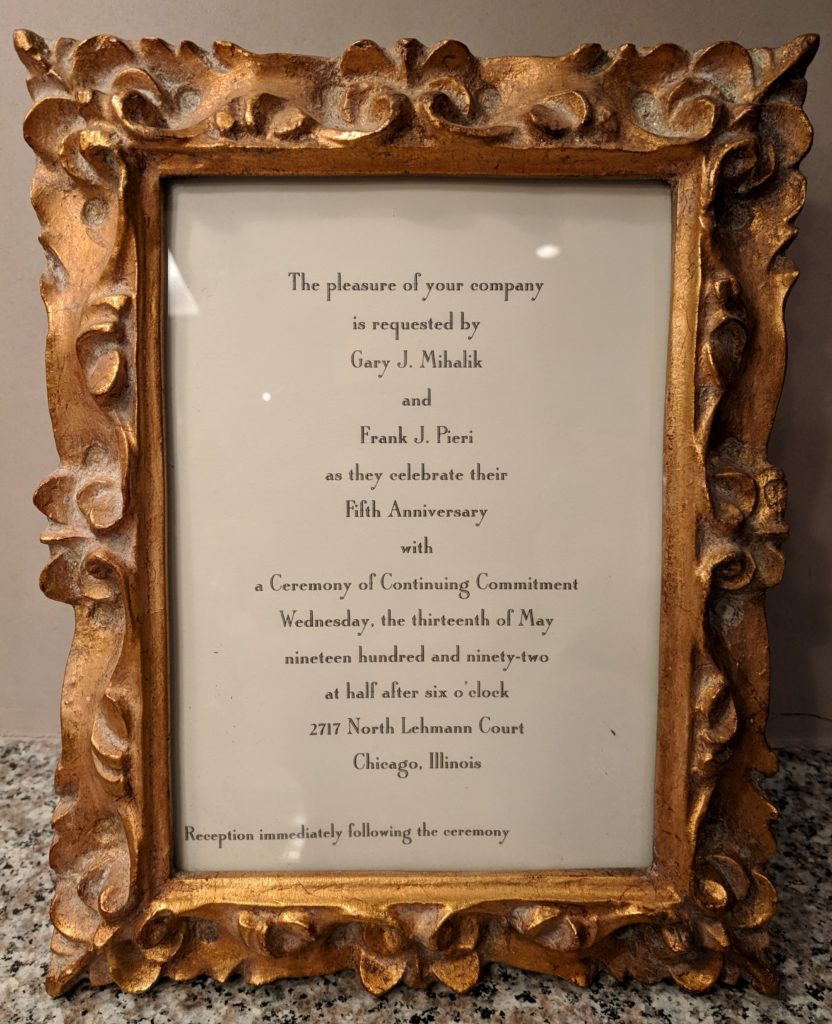
On our 25th anniversary, in 2012, we were actually married with 52 of our friends in attendance. The wedding and reception were held in a private dining room at Del Posto in New York City. But I digress…
In the early 1990’s Frank, my husband, and I were working full time but also attending Loyola University of Chicago studying for MBA degrees. Loyola decided to offer MBA classes for the first time at its Rome campus in May 1992. We jumped at the chance, leaving for Rome the day after our commitment ceremony. We treated the trip like the honeymoon we had never had though by then we were very experienced world travelers.
Follow us on your social media platform of choice
A pleasant walk from the Loyola Campus (located in an old convent in Monte Mario) was a small shop that sold prepared Roman food and a dizzying array of pizza by the slice (pizza al taglio). Most nights we went there for dinner then went back to our dorm room to study. The shop had a few stools lined up along a narrow counter on one side but every patron, except us, picked up food to go.

After a few days, our routine became clear to the shop owners. As soon as we walked through the doorway, without asking a question, one of them reached for a bottle of local red wine and handed it to us. We then ordered from the food on display and sat at the counter enjoying a wonderful meal.
Theirs was the first pizza di patate that I’d ever had. I ate it all over Rome on that trip.
It took me at least five years to try to make it, and at least another five years to perfect it. Now that we have a wood-burning oven in Santa Fe I almost always make at least one potato pizza on pizza nights (which don’t happen nearly often enough!).
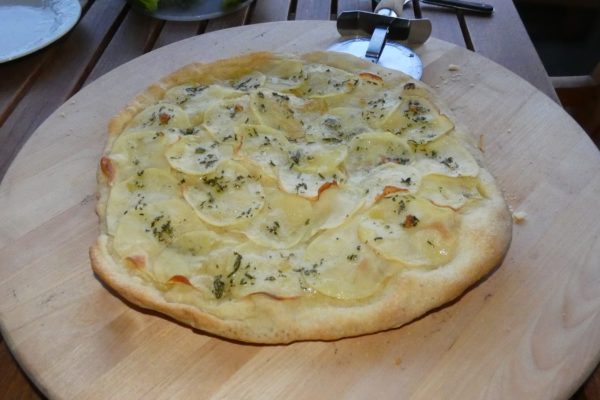
| Prep Time | 65 minutes |
| Cook Time | 20 minutes |
| Passive Time | 4 hours |
| Servings |
people
|
- 3 teaspoons active dry yeast or 2 packets
- 1 7/8 cup warm water
- 1/4 cup olive oil plus additional for oiling the dough and pan
- 2 1/4 teaspoons salt
- 5 3/4 cups all purpose flour
- 1/4 cup olive oil
- 2-3 cloves garlic crushed with the side of a chef’s knife
- 2-3 teaspoons minced fresh rosemary
- 3-4 medium russet potatoes
- Coarse sea salt
Ingredients
Dough
Topping
|

|
- Warm the bowl and dough hook of an electric mixer with hot water. Drain and dry.
- Add the warm water and yeast to warmed bowl. Blend briefly.
- Allow the yeast and water to sit until creamy, approximately 10 minutes.
- Add about half the flour and mix to combine.
- With the motor running, add salt and drizzle in olive oil. Mix to combine.
- Add the remaining flour.
- Mix approximately 8-10 minutes after all the flour is added. The dough should be soft and slightly sticky.
- Place the dough in an oiled bowl or container. Oil the top of the dough. Cover the bowl and allow the dough to rise until doubled.
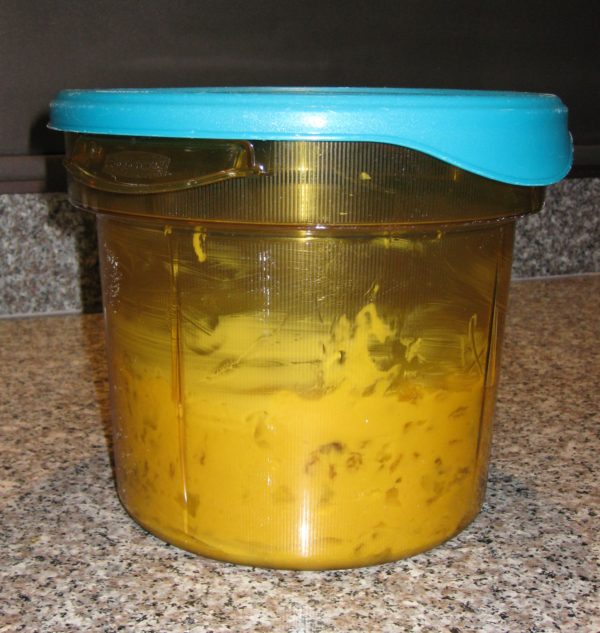
- Meanwhile, make the flavored oil. Sauté the bruised garlic in the oil over medium-low heat until light golden. Do not allow the garlic to turn brown.
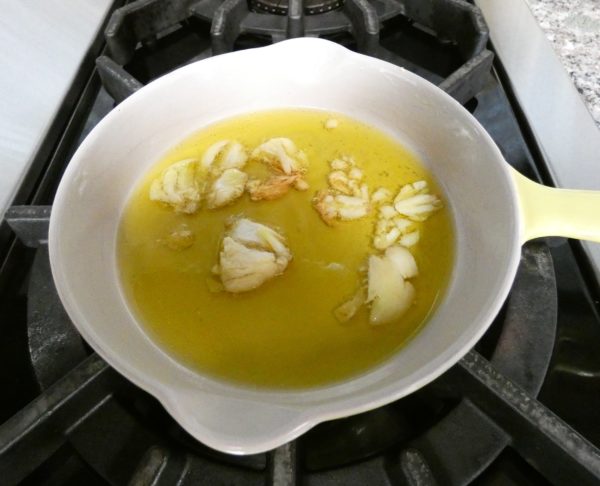
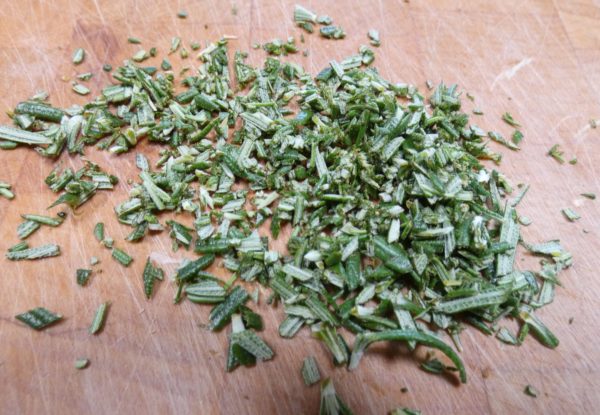
- Allow the oil to cool for a few minutes. Add the rosemary. The oil should be warm to release the flavor of the rosemary but not so hot that the rosemary begins to sizzle.
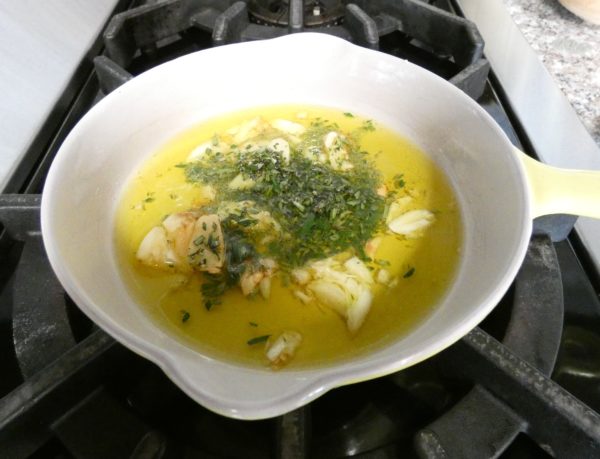
- Allow the oil and rosemary to sit at room temperature to cool. When cool, remove and discard the garlic.
- When dough has doubled, punch it down to remove all air pockets.
- Using olive oil, oil an 11x17 inch rimmed baking sheet.
- Press the dough into the pan. Allowing the dough to rest for five or ten minutes midway through pressing it into the pan will allow the gluten to relax making it easier to shape the dough.
- Brush the dough lightly with some of the flavored olive oil.
- Cover the dough with an inverted rimmed baking sheet and allow it to rise until doubled.
- Meanwhile, scrub the potatoes and slice into very thin slices. A mandoline is best. If so, set it for 1/16 inch.
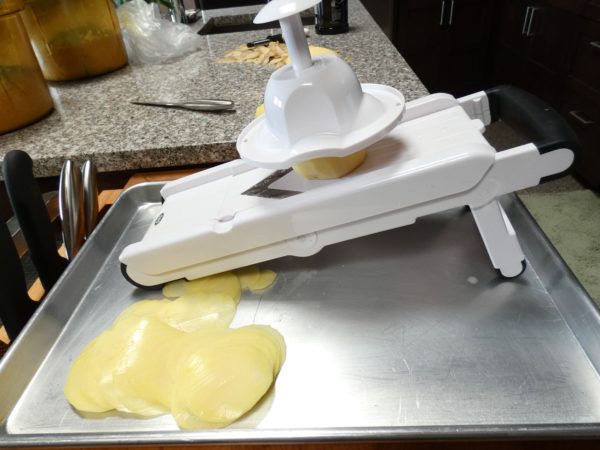
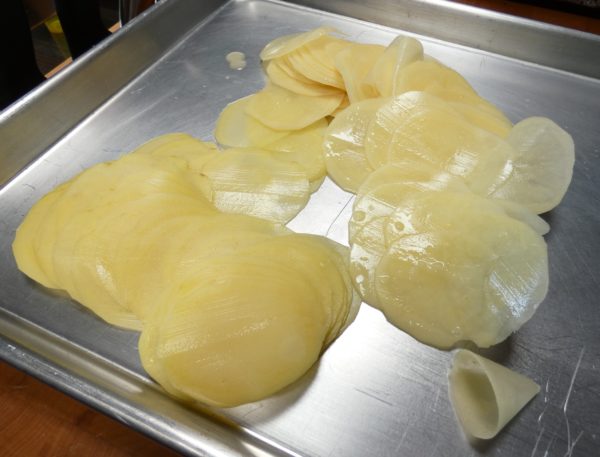
- Cover the potato slices with cool water to remove excess starch and to keep them from turning brown.
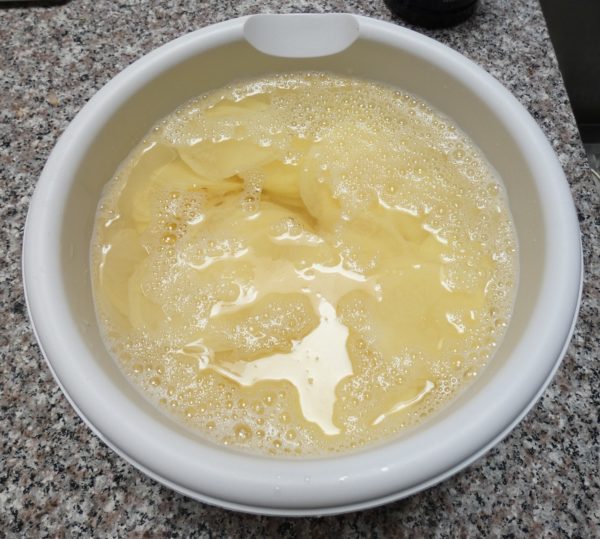
- When the dough has doubled, dry the potato slices thoroughly and put them on the top of the dough in a single layer that is slightly overlapping. You may have potato slices left over.
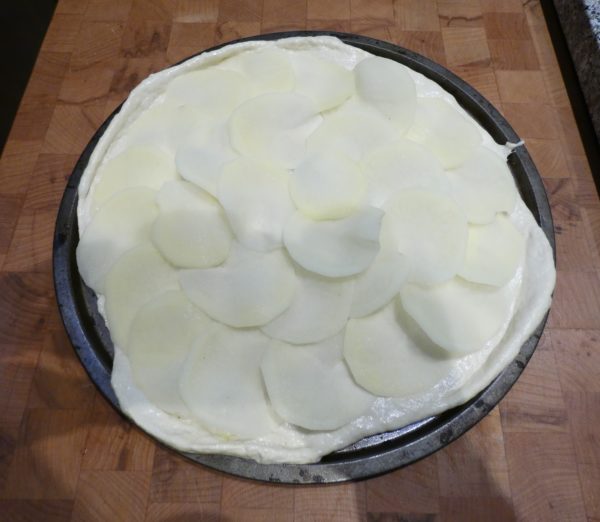
- Brush the top of the pizza with the remaining flavored olive oil and sprinkle liberally with coarse sea salt.
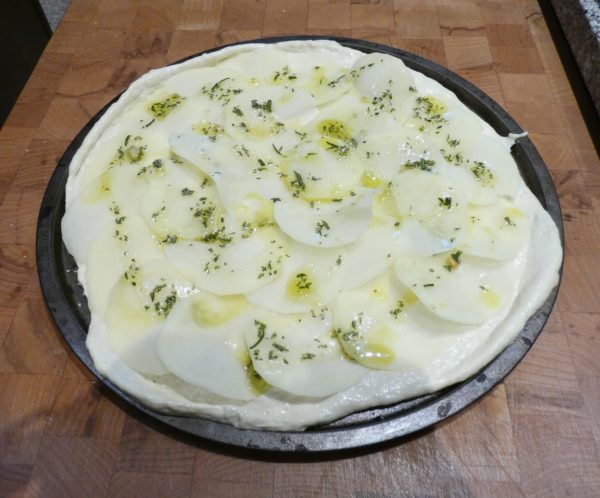
- Bake at 425°F for approximately 25 minutes, until the potatoes are tender and have golden edges and the dough is golden brown on the edges.
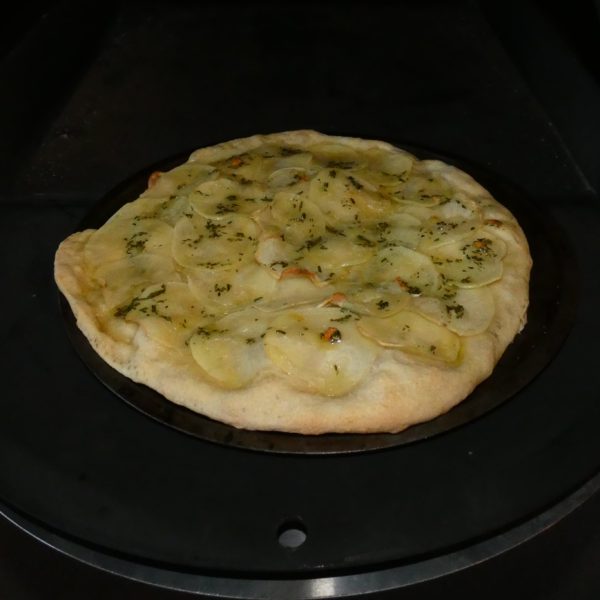
The dough can be made, with good results, in a bread machine on the dough cycle. Though I don’t add sugar when making the dough by hand or with a mixer, the shorter rise cycles used by a bread machine work better with sugar. Put the ingredients, above, into your bread machine following the manufacturers directions adding 1 tablespoon of sugar as well. When the dough cycle is finished, press the dough into a pan, as described above, or refrigerate as described below.
If I have time, I prefer to make the dough a day or two in advance. After it has risen as described above, put the dough in an oiled container with a tight-fitting lid. Oil the top of the dough and refrigerate. Remove the dough from the refrigerator at least 5 hours before you plan on making the pizza. Punch down the dough just before making the pizza and proceed as above.
Copyright © 2018 by Villa Sentieri, LLC. All rights reserved.

